Introduction
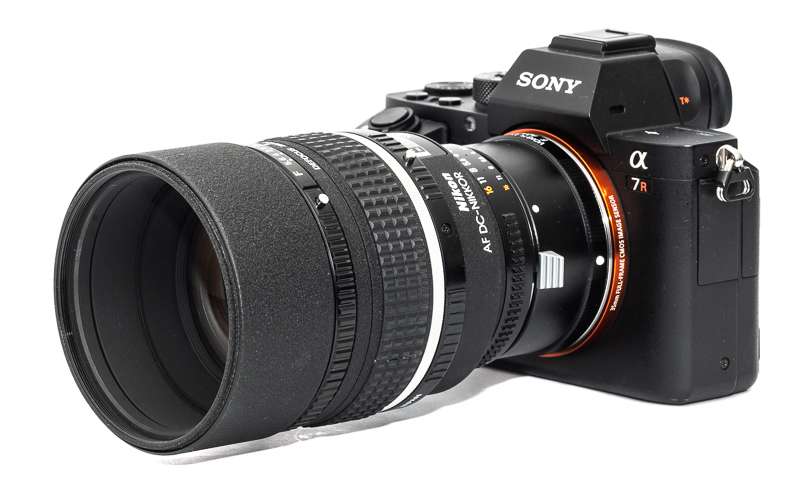
At the beginning of the 1990s Nikon released two special portrait lenses featuring a “Defocus Control” mechanism, which allows you to make the bokeh smoother or harsher. This Nikon AF-D 105mm 2.0 DC is the shorter of the two DC lenses and In this review I will tell you how it works and if it is actually useful.
Sample Images






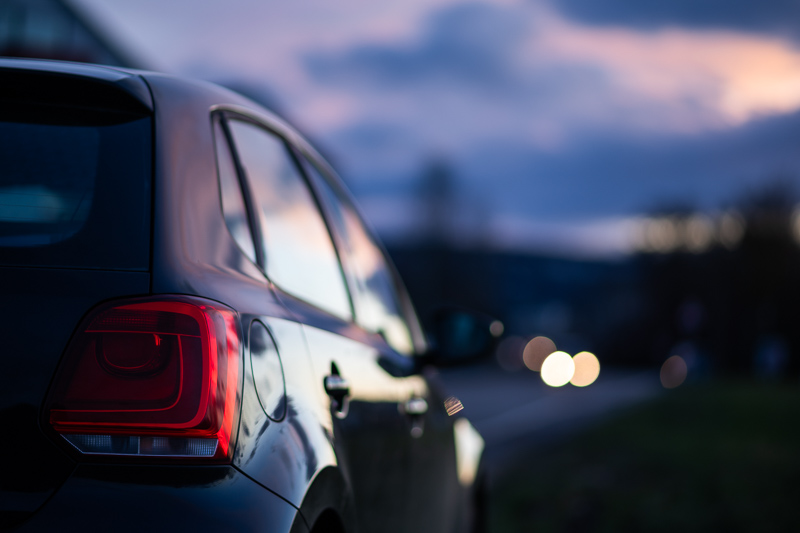
Most of the sample images in this review can be found in full resolution here.
Contents
Specifications / Version History
Nikon has a long history of making 105mm lenses, but this is the only one with a maximum aperture of f/2.0. Unlike the 135mm 2.0 DC it was only available as AF-D lens. Its full specifications are:
- Diameter: 79 mm
- Length: 111 mm
- Weight: 625g (measured)
- Field of view: 23.2° (diagonally)
- Filter Diameter: 72 mm
- Number of Aperture Blades: 9 (rounded)
- Elements/Groups: 6/6 + rear protection filter
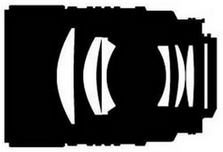
- Close Focusing Distance: 0.9 m
- Maximum Magnification: 1:7.3 (measured)
- Mount: Nikon F
buy from ebay.com | ebay.de | B&H (affiliate links) starting at $550
Disclosure
This Nikon AF-D 105mm 2.0 DC was kindly provided free of charge by one of our readers for review purposes. Thanks a lot!
History
Nikon does not have a history page specifically dedicated to this Nikon AF-D 105mm 2.0 DC, but there is one covering its longer brother, the Nikon AF-D 135mm 2.0 DC. As they both feature the defocus control I think it is still worth to have a look at its article: Nikkor – The Thousand and One Nights – No. 32: Nikon AF-D 135mm 2.0 DC.
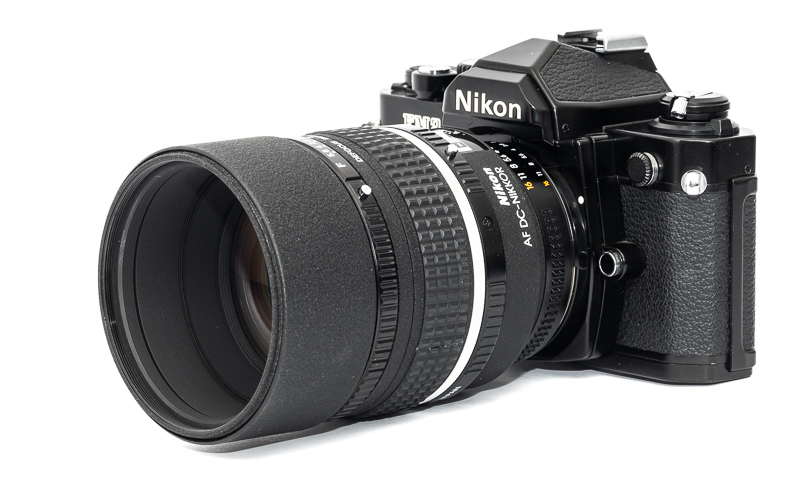
Bokeh, at least to some degree, is a subjective matter. You also cannot have both at the same time: a very smooth background and a very smooth foreground bokeh.
Because of that, Nikon’s engineers came up with the idea of creating a lens where the photographer can easily adjust the bokeh rendering to match his taste and/or the scene at hand. This is what the “Defocus Control” allows you to do.
Both these DC lenses have been expensive special purpose lenses when they were released, so not that many have been made – around 47.000 of the 135mm 2.0 and 34.000 of this 105mm 2.0.
Handling / Build Quality
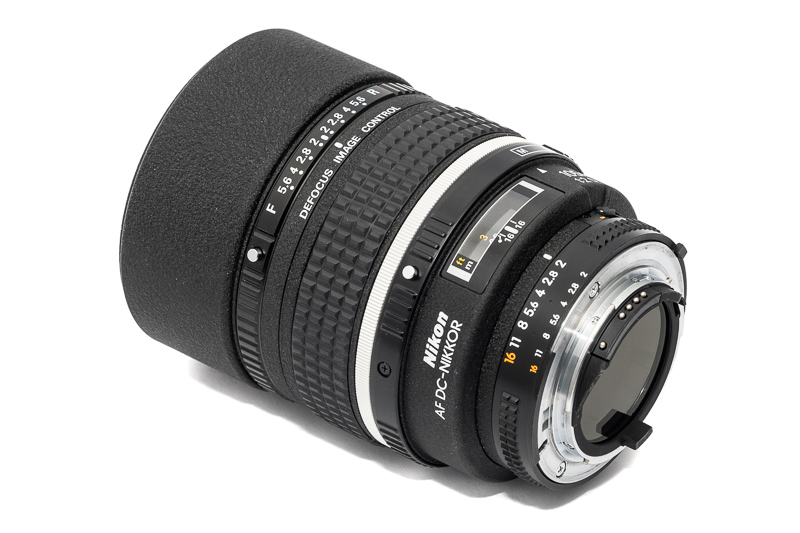
The general build quality matches the other higher end AF-D lenses like the Nikon AF-D 28mm 1.4 and AF-D 85mm 1.4.
The focus ring rotates about 90° from the minimum focus distance of 0.90 m to infinity. The manual focus experience is nicer compared to the Nikon AF-D 85mm 1.4 as here there is no slack when changing the direction of rotation.
The aperture ring is situated towards the rear of the lens and features equidistantly spaced full-stop click stops. As is typical for Nikon’s lenses it has more of a short throw.
The rear element is interestingly just a flat protection filter and not an actual part of the optical design. This might be the reason these DC lenses do not suck in nearly as much dust as the Nikon AF-D 85mm 1.4.
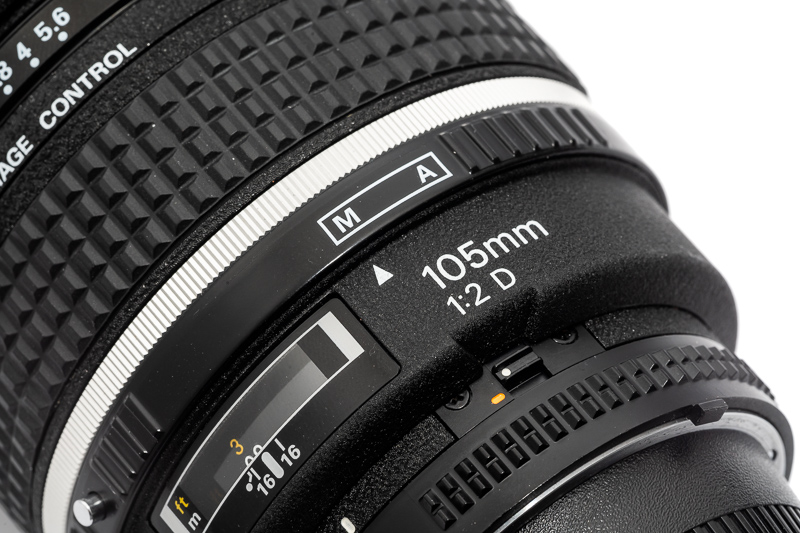
There is also the AF/MF ring-switch, to detach the focus ring from the helicoid when using an AF camera. These ring switches are prone to breaking though, so better treat them carefully.
The outer casing of the lens seems to be made from mainly metal and a few high quality polycarbonate parts, markings are engraved and filled with paint.
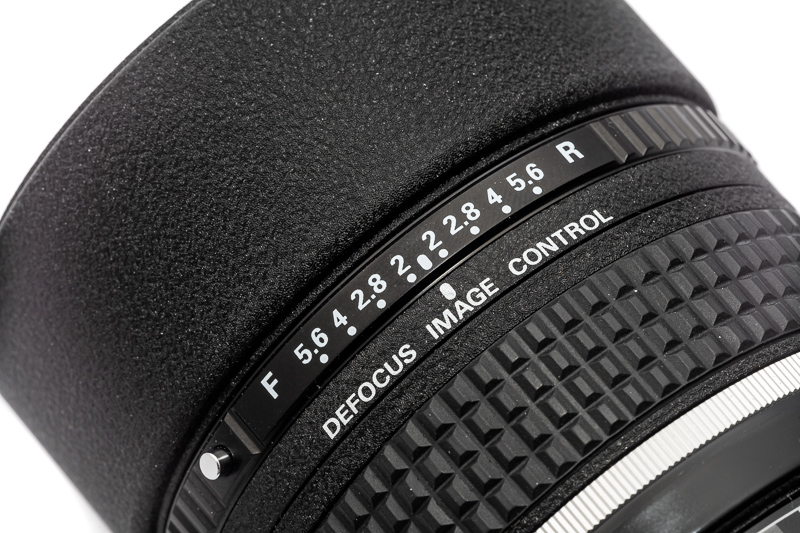
Between lens hood and focus ring you can find the Defocus Control ring. Similar to the AF/MF ring-switch you have to hold down that little button to change its setting. It has click stops at all the markings.
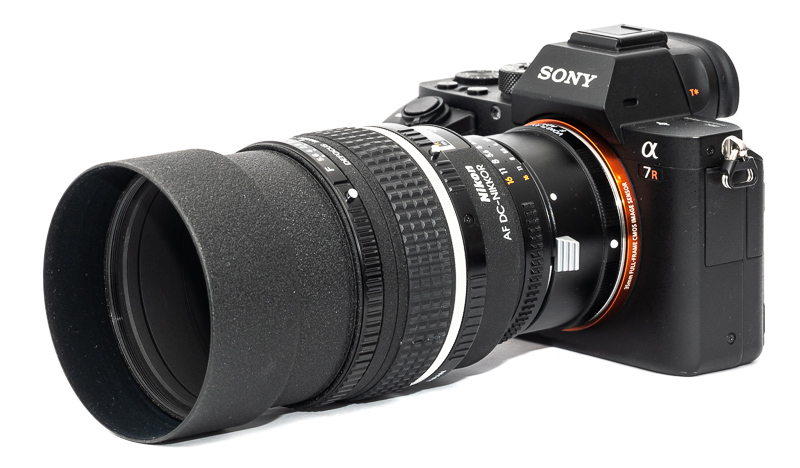
The front element is already deeply recessed but there is also an extendable hood. I greatly prefer this design over that Nikon AF-D 85mm 1.4’s screw-in hood which is super bulky, cannot be mounted reversed for transport and scratches/bends easily.
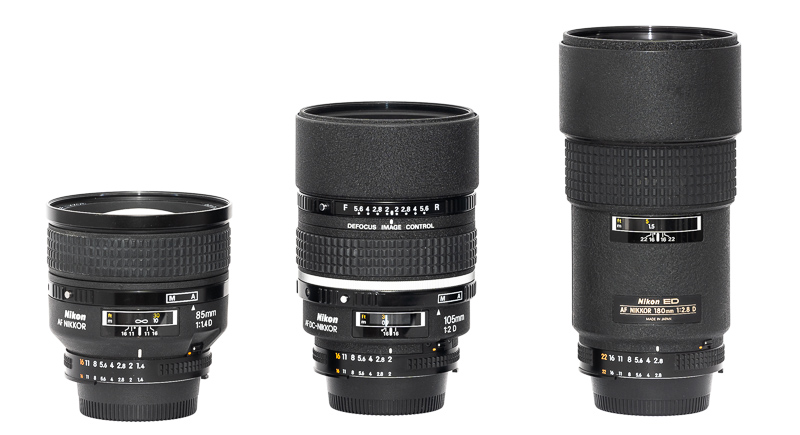
At first sight this lens looks noticeably bigger than the Nikon AF-D 85mm 1.4, but this is not the whole story, as this 105mm features that built-in retractable hood. If we add the hood to the 85mm, they are very similar in size.
This AF lens relies on a motor in camera for the auto focus to operate and not all Nikon SLRs support this. The Nikon FTZ adapters also don’t, so on Z-mount cameras this will be a manual focus lens.
Sony users can make use of the Monster LA-FE2 adapter though, which will allow the autofocus to work on Sony E-mount cameras.
Defocus Control
Probably the main attractrion of this lens is the “Defocus Control”. But what is it and how does it work?

In addition to the focus and aperture rings this lens features an additional “Defocus Image Control” ring. By turning this ring you change the position of the second lens group as is highlighted in the following diagram:

The diagram is that of the Nikon AF 135mm 2.0 DC, but they work the same in that regard.
Changing the position of that lens group leads to either an overcorrection (“F”) or undercorrection (“R”) of the spherical aberration. I already reviewed one other lens with that feature: the MS-Optics 135mm 2.4 Aporis. Its mechanics are cruder, but it functions just the same.
You can see the ring has markings (and click stops) that correlate with the aperture stops from f/2.0 to f/5.6. Now the general idea of these markings are: as long as the number of the DC ring setting matches or is smaller than your aperture stop, there will not be a real impact on the image quality in the focal plane.
So, if you are shooting at f/2.0 you can set the DC ring to R2 for a slightly smoother background bokeh without hurting the sharpness in the focal plane. If you decide to set the DC ring to f/4.0 you will encounter a massive loss of image quality in the focal plane though.
To better understand this feature I prepared the following crops. The first set is the focal plane in the center of the frame. The second set is a crop from the out of focus background.
From this series you can see that when the lens is set to f/2.0, the F2 and R2 settings are good to use, but beyond that the focal plane becomes really soft.
Also keep in mind: whenever you change the setting on the DC ring you need to refocus.
When the spherical aberration is undercorrected the background gets smoother and the foreground harsher. When overcorrecting it, it is the other way round. We are only having a look at the background bokeh here though.
Compared to the neutral setting R2 does yield smoother bokeh, but the effect is very subtle. We did see that this setting hardly has any negative effect on the focal plane though, so this is actually the setting I used most.
I also see some use for the combination of f/2.0 and R2.8. The focal plane gets softer, but for portraits this isn’t necessarily a bad thing and this setting actually has a notable positive effect on the rendering of the backgorund bokeh.
I also found that at longer focus distances (like in the sample above) the effect of a different DC setting mainly has a negative impact on the resolution and contrast in the focal plane, whereas not much about the bokeh actually changes.
Let’s talk about the elephant in the room: how useful is the DC feature? Generally being able to adjust the bokeh rendering to your liking is a nice option to have, but there is no free lunch: either the effect is very subtle or you will loose a significant amount of clarity in the focal plane. Keeping track of the setting of the DC ring in the field is also something else you need to watch out for, that may get in the way.
So at the end of the day, I think this is mainly something for the tinkerers among you. Personally, I decided to keep the defocus setting at R2. That has a subtle yet positive effect on the background bokeh without any notable disadvantages.
Most of the testing was done with the lens set to its neutral/zero position. Whenever I used another setting on the DC ring you will find that information under the corresponding picture.
Vignetting
Light falloff

| f/2.0 | 1.9 EV |
| f/2.8 | 1.2 EV |
| f/4.0 | 0.6 EV |
| f/5.6 | 0.4 EV |
| f/8.0 - f/16 | 0.2 EV |
The vignetting figures of this Nikon 105mm 2.0 DC are very similar to other lenses in its class. At shared apertures the differences compared to the Nikon AF-S 105mm 1.4E and Nikon 105mm 2.5 Ai never amount to more than 0.3 EV, which is another way of saying these differences don’t really matter.
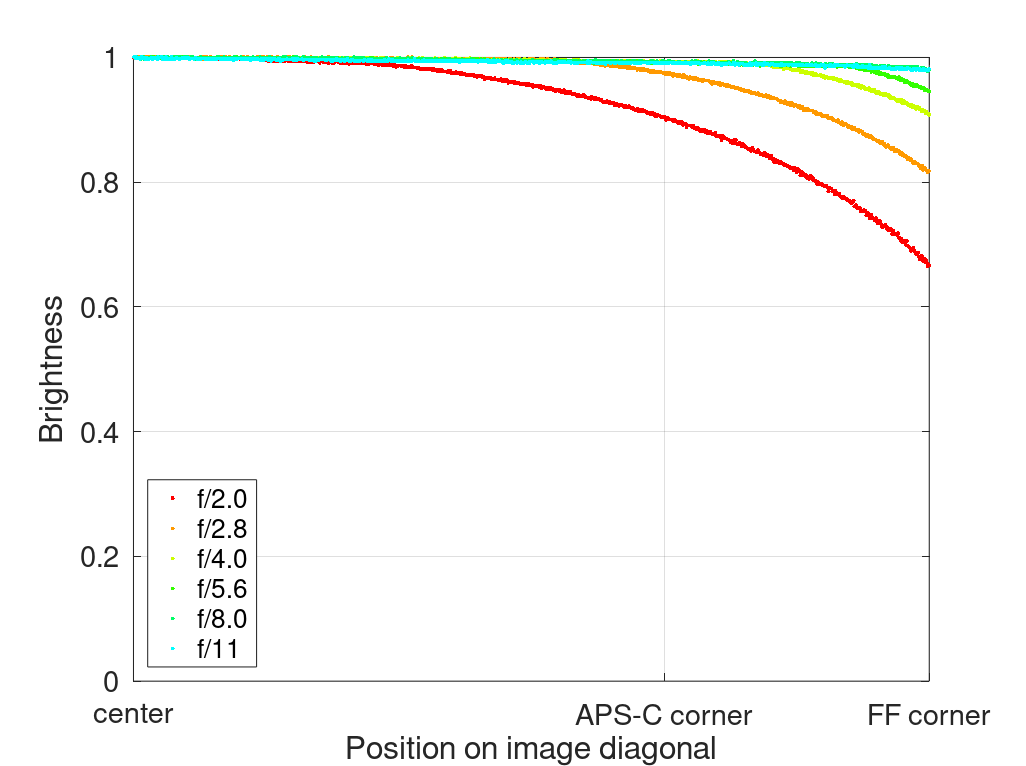
It is recommended to have a look at this article first to get an idea how this brightness graph works.
Optical vignetting
Fast lenses usually show a noticeable amount of optical vignetting, especially so the compact ones. Without going too much into technical details optical vignetting leads to the truncation of light circles towards the borders of the frame.
In the center of the frame almost every lens will render a perfect circle, but only lenses with very low optical vignetting will keep this shape in the corners.
So in the following comparison we move from the center (left) to the extreme corner (right) and see how the shape of the light circle changes.
This Nikon AF-D 105mm 2.0 DC shows a comparably low amount of optical vignetting. Despite f/2.0 being its maximum aperture, it has less optical vignetting than the much bigger and faster Nikon AF-S 105mm 1.4E stopped down to f/2.0. Already by f/2.8 the optical vignetting is mostly gone, the same can not be said about either the Nikon AF-S 105mm 1.4 or the Nikon 105mm 2.5 Ai.
Sharpness
Focus shift
50% crops, Sony A7rII
I do see a tiny bit of focus shift between f/2.0 and f/2.8, but not enough to worry about, especially when using a lower resolution camera or even film.
We do see a rather high amount of bokeh fringing here though, typical for Nikon’s fast lenses of that era.
Infinity (42mp Sony A7rII)
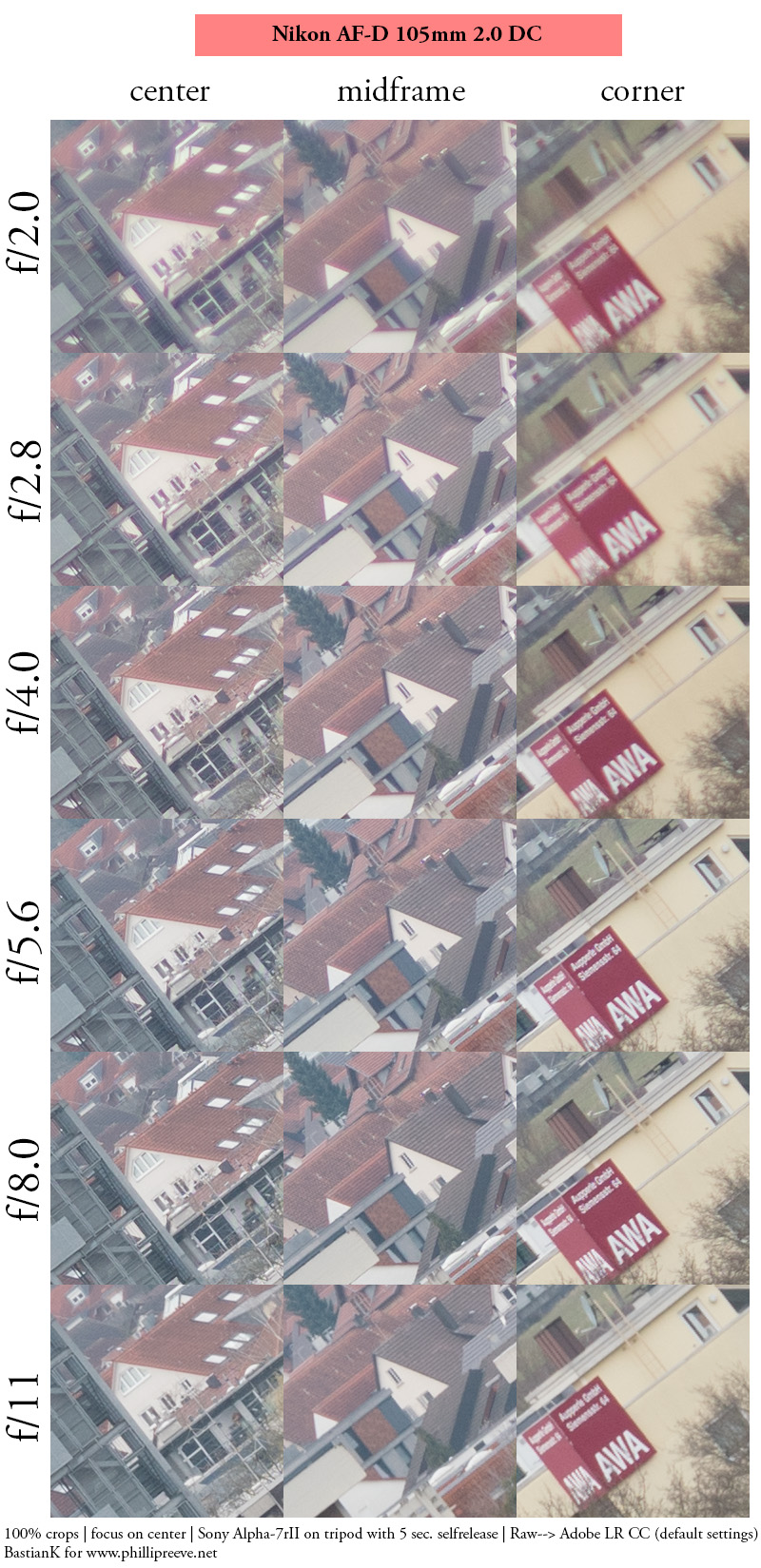
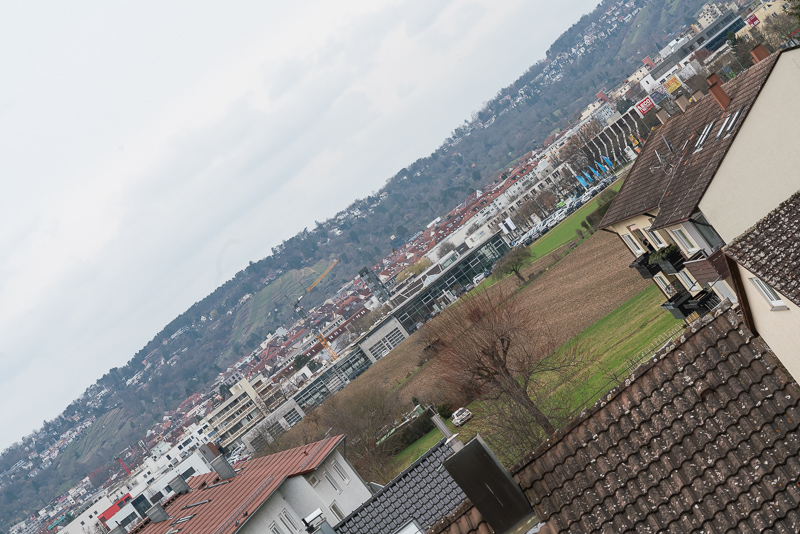
I don’t think this lens had been designed with infinity shooting at wider apertures in mind.
At f/2.0 we see some purple fringing everywhere in the frame and traces of it are still visible at f/2.8. Except for the corners the resolution is pretty good also at these wider apertures though. By f/5.6 the image quality is very good everywhere in the frame and I wouldn’t mind using this lens for demanding applications here.
In my tests the newer Nikon AF-S 105mm 1.4E performed better at wider apertures, but the corners needed stopping down to f/11 to look actually good. The old Nikon 105mm 2.5 Ai shows more purple fringing and also better be stopped down to f/11 for very good across frame performance. In that context this 105mm 2.0 DC doesn’t look that bad.
Portrait 2.6 m (42mp Sony A7rII)
For portraiture it isn’t so important how flat the field is, it is more interesting to see what the sharpness is like when focused at different parts of the frame to take field curvature out of the equation.
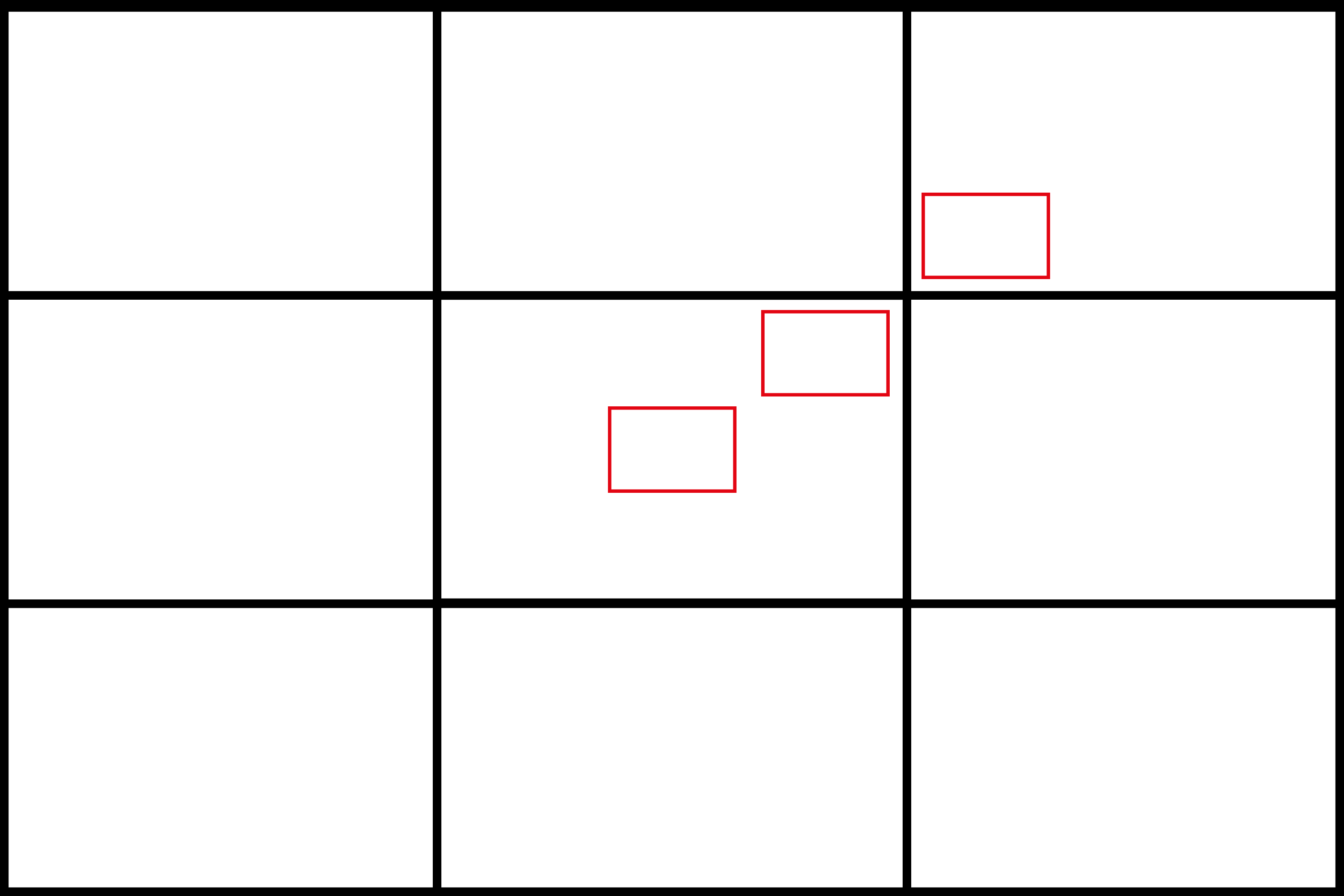
We will be looking at 100% crops from the 42mp Sony A7rII.
f/2.0 <—> f/2.8
The Nikon AF-D 105mm 2.0 DC is not perfecly color corrected at f/2.0 and also a bit soft, but astigmatism is low, that makes it easier to focus. Stopped down to f/2.8 it shows a good performance everywhere in the frame.
At these distance not only the Nikon AF-S 105mm 1.4E shows an impressive performance – looking better at f/1.4 than this lens at f/2.0 – but also the old Nikon 105mm 2.5 Ai, as it arguably looks better at f/2.5 than this DC lens stopped down to f/2.8.
Close 0.9 m, 1:7.3 (42mp Sony A7rII)
The maximum magnification of 1:7.3 is typical for a short portrait tele and similar to the Nikon AF-S 105mm 1.4E and Nikon 105mm 2.5 Ai.
The lens is a bit soft at f/2.0 and we still see slight color aberrations at f/2.8. From f/4.0 the image quality is really good. Here the 105mm 2.0 DC sits inbetween the AF-S 105mm 1.4E (great from f/2.8) and the 105mm 2.5 Ai (very good from f/5.6).
Flare resistance
Fast short tele lenses rarely do well in this category. The Nikon AF-D 85mm 1.4 for example was pretty bad and it is actually a few years younger than this 105mm 2.0 DC.
What this lens has going for it is that the front element is deeply recessed and on top of that we have an easy to use extendable hood. Is that enough to make a difference?
At the maximum aperture with a strong light source in the frame it is easy to encounter all kinds of ghosts. With the sun just outside the frame also a big veiling flare can appear. I tried if extending the hood can eliminate those flares, but that isn’t really the case.
Stopped down the ghosts become even more obvious.
In the field I found this 105mm 2.0 to perform a bit better than the Nikon AF-D 85mm 1.4, but the performance still ain’t great.
Coma
100% crops from extreme corner, focused on center, Sony A7rII
I don’t think astrophotography is a typical application for this lens, but a very high amount of coma can still easily ruin blue hour or nightly cityscapes. At f/2.0 we see some Coma, at f/2.8 very little and from f/4.0 none at all. The 25 years younger Nikon AF-S 105mm 1.4E shows a similar performance at shared apertures, so this is actually not bad.
Distortion
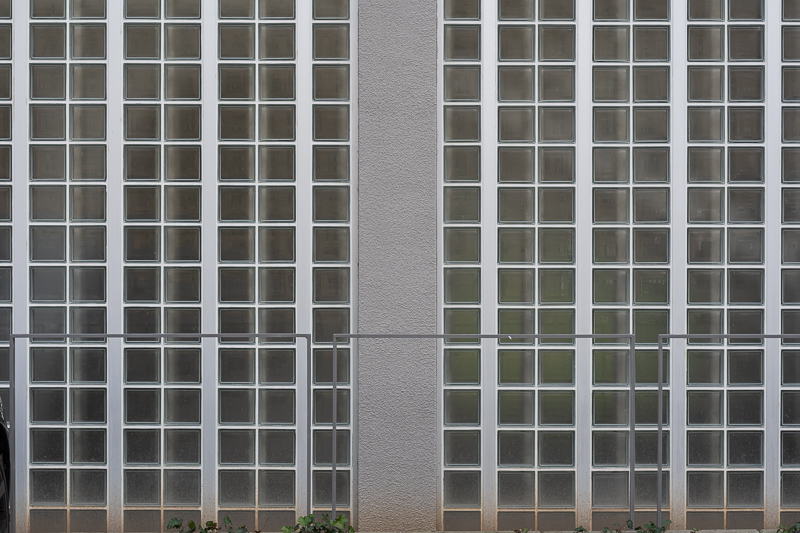
The Nikon AF-D 105mm 2.0 DC does not have any field relevant distortion. Lightroom does have a correction profile, but I don’t see what it could be needed for.
Bokeh

The Nikon AF-D 105mm 2.0 DC has actually been designed with the performance in this category in mind. When it comes to the evaluation of the performance here the Defocus Control adds another variable that makes things more complicated though.
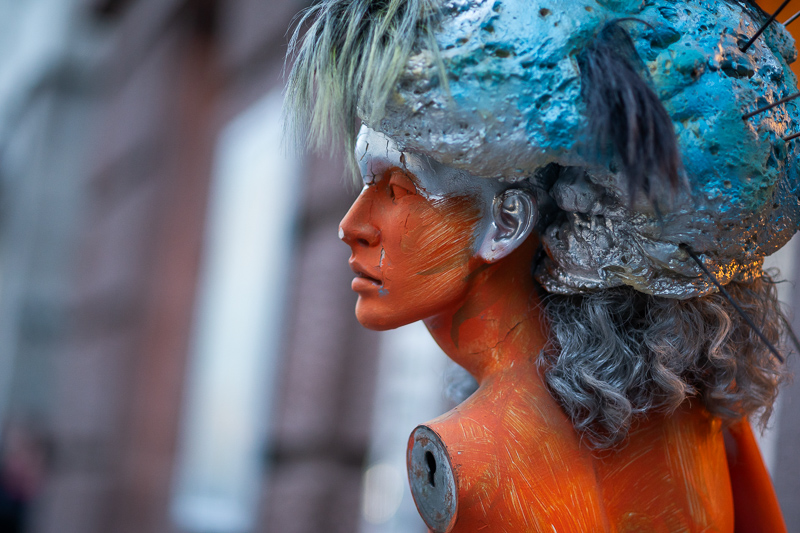
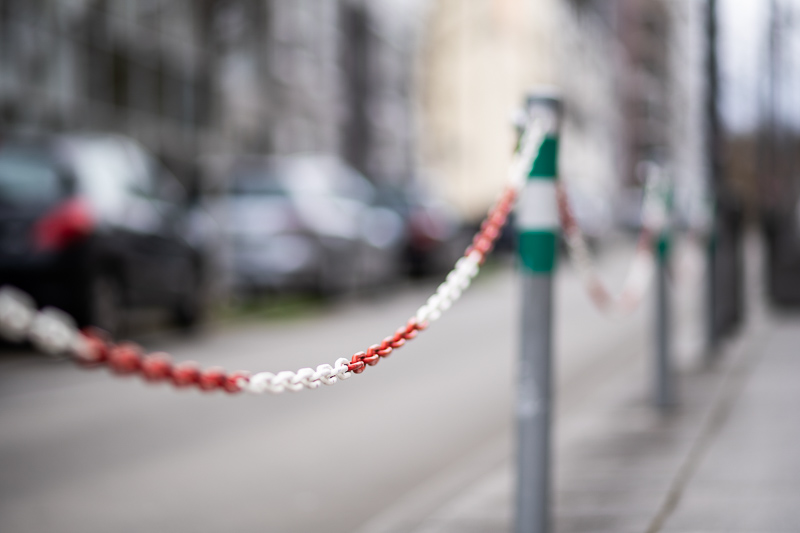


Generally I found this lens to create a pleasing bokeh, already with a neutral defocus setting. I often used th R2 setting for slightly smoother backgrounds and sometimes I also used the R2.8 setting, but in that case the focal plane already looses a bit of clarity.

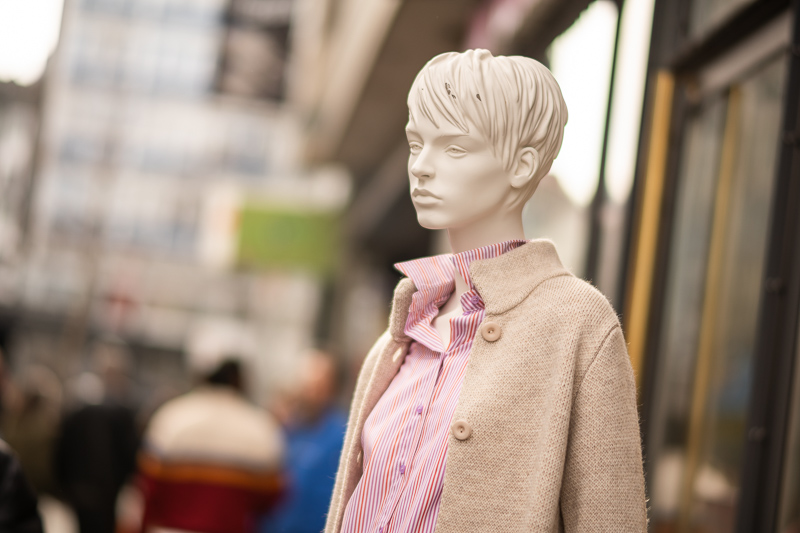
Looking at the sample with the foliage above we see the limitations of an f/2.0 lens though. This is a scene where I think the Nikon AF-D 85mm 1.4 would have created a more pleasing background and I know the Sony FE 85mm 1.4 GM would definitely have.

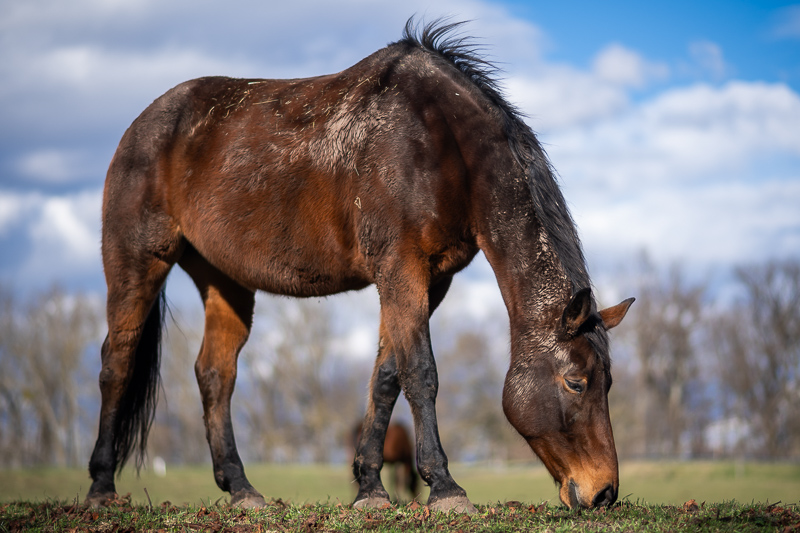
At longer focus distances I added another sample with two different DC settings. I don’t think the R4 setting led to a noticeably smoother background, yet the loss of contrast is imminent.
Ignoring the Defocus Control I think the bokeh rendering is very typical for Nikon’s lenses of the late 80s and 90s. Not super smooth as the most recent lenses but still more appealing than many of the fast lenses of previous generations. Personally I really quite like its bokeh. More than I thought I would and maybe also more than that of the Nikon AF-D 85mm 1.4.
Sunstars
This 105mm 2.0 DC features an aperture diaphragm made of 9 rounded aperture blades. Similar to all the Nikon AF-D 85mm 1.4 samples I tried, the alignment of the blades isn’t perfect, so we cannot create distinct sunstars at any aperture. As this is a portrait lens by design I am happy Nikon chose to go with rounded blades nevertheless.
If you want to know more about sunstar rendering of different lenses have a look at this article.
Chromatic aberration
Lateral
The amount of lateral CA is very low, so they are nothing to worry about.
Longitudinal
If you already read one of my other reviews of a fast Nikon lens you probably already know how this will play out: this lens produces strong longitudinal CA at the maximum aperture. Stopping down to f/2.8 is also not enough to get rid of them and even by f/4.0 we still see traces of outlining.
When it comes to purple fringing the situation is a bit better, as this is mainly an issue at f/2.0 and stopping down to f/2.8 is already sufficient to get rid of it.
Conclusion
good
|
average
|
not good
|
Looking at the table above, you probably already get the idea that this is a well balanced lens. Actually, there are no really outstanding flaws. The longitudinal CA are on a higher level – as is typical for Nikon’s fast lenses from that era – and, as is the case for pretty much all the fast portrait tele lenses, there are some issues with lens flares as well.
The Defocus Control, I am not sure it is for everyone though. It is one more thing to watch out for and I am not entirely sure it makes enough of a difference for that. On the other hand you can choose between a smoother modern and a harsher “vintage” rendering without changing and carrying several lenses. I also strongly doubt we will ever be seeing new lenses with this feature from Nikon again, so this coupled with the low production numbers may also make them desirable as collector’s items.
And if you are thinking of getting a fast Nikon F-mount portrait tele to use on your manual focus analogue camera, I also found this one easier to focus manually compared to the Nikon AF-D 85mm 1.4, despite the shorter throw of the focus ring.
Personally, I did enjoy using this Nikon AF-D 105mm 2.0 DC way more than I thought I would. Back in the day I always thought it was too expensive, quirky and slow compared to the Nikon AF-D 85mm 1.4. But now that I have used both of them, I think I actually like this one more.
buy from ebay.com | ebay.de | B&H (affiliate links) starting at $550
Alternatives
Nikon made two DC lenses, this one and the slightly longer Nikon AF 135mm 2.0 DC. I haven’t used the 135mm yet, so I cannot tell you how they compare in detail. The MS-Optics 135mm 2.4 Aporis also features a similar mechanism, but it is a rare and expensive lens.
There are of course plenty of portrait lenses in the 85-135mm range without a defocus control. You can find a few examples of those in our Guide to 85-135mm portrait lenses.
Sample Images


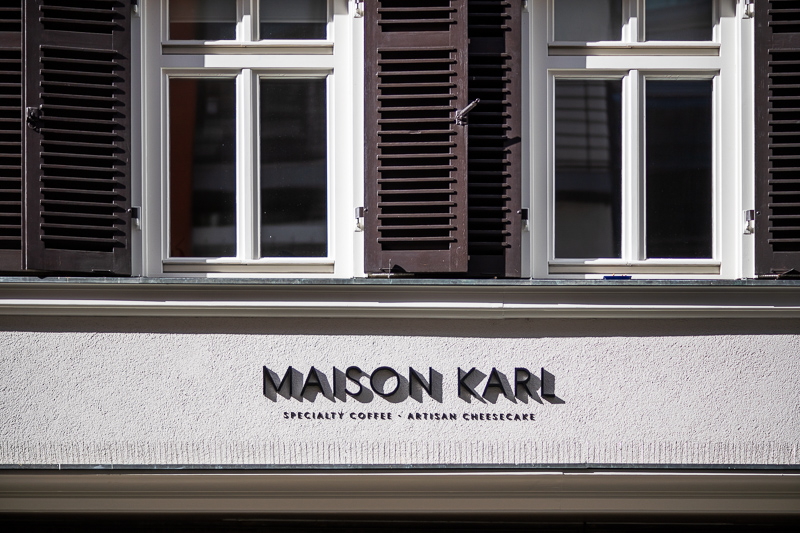


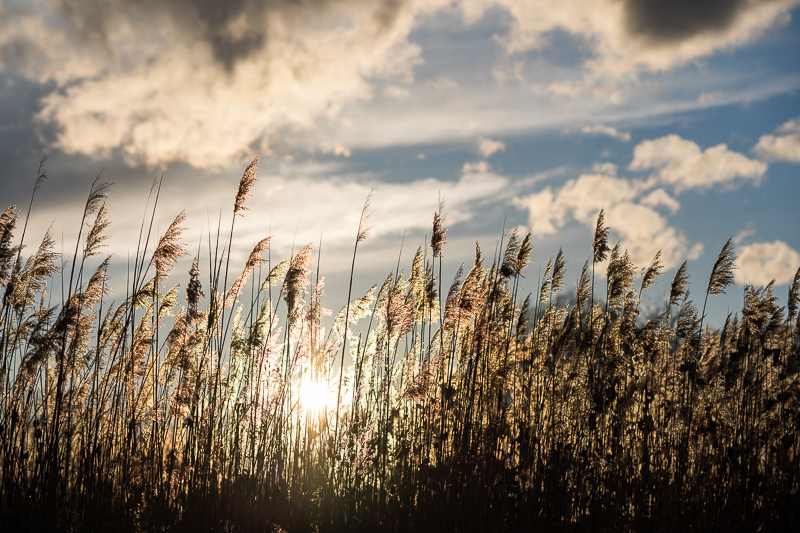
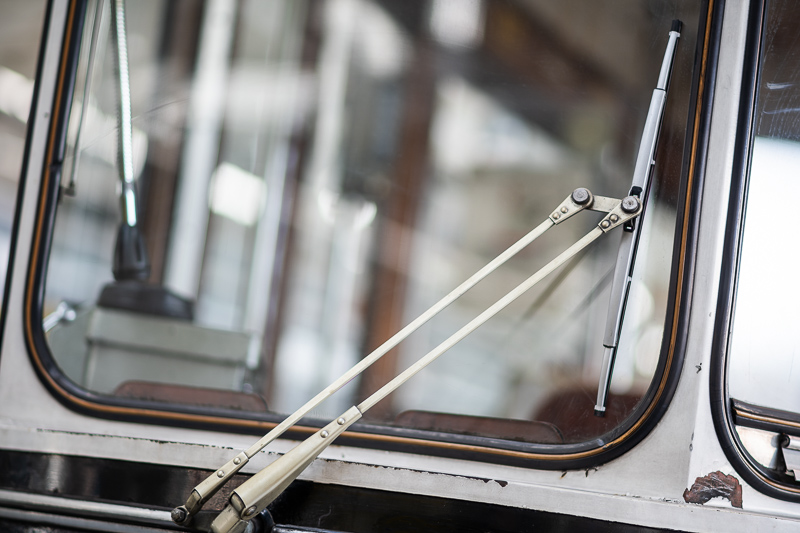
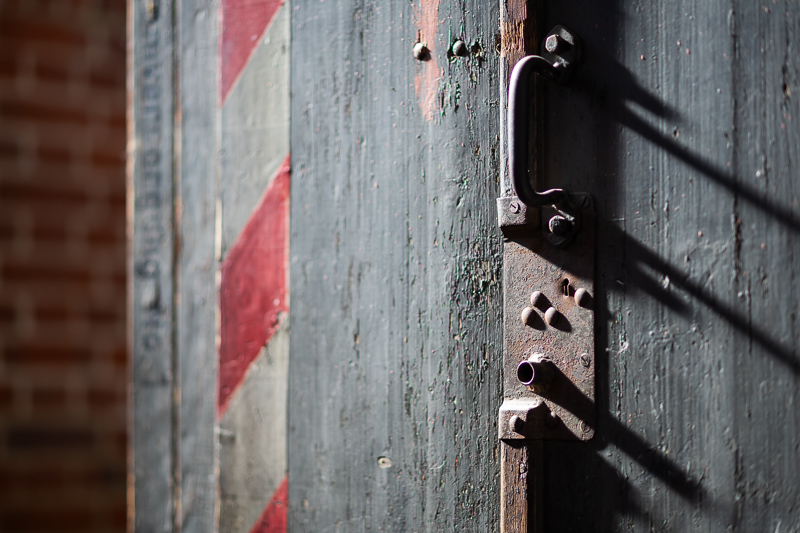
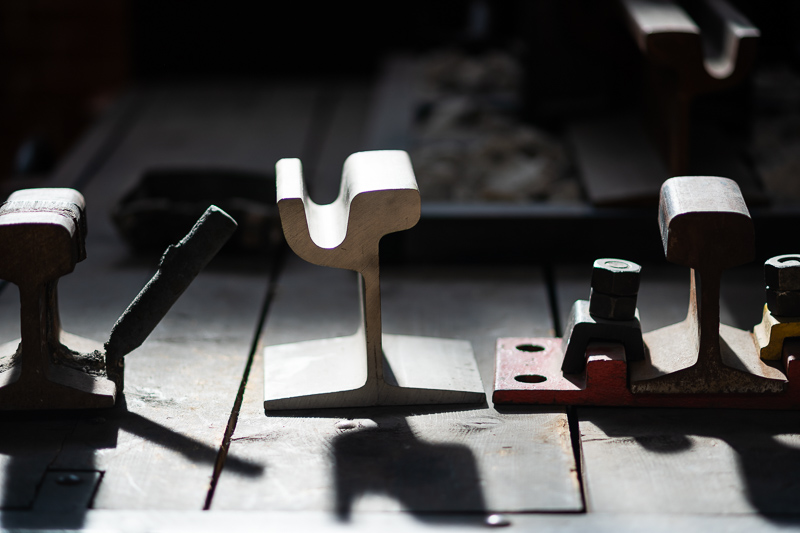

Most of the sample images in this review can be found in full resolution here.
Further Reading
- All Lens Reviews
- Review: Nikon AF-S 20mm 1.8G
- Review: Canon EF 135mm 2.0L USM
- Bokeh Explained
- Technical Knowledge
Support Us
Did you find this article useful or just liked reading it? Treat us to a coffee!
![]()
![]()
![]() via Paypal
via Paypal
Latest posts by BastianK (see all)
- Review: Canon EF 50mm 1.0 L USM – Still the world’s fastest AF lens - December 30, 2025
- Review: Nikon Nikkor 105mm 1.8 Ai-s - December 28, 2025
- 2025 – Year in Review - December 23, 2025





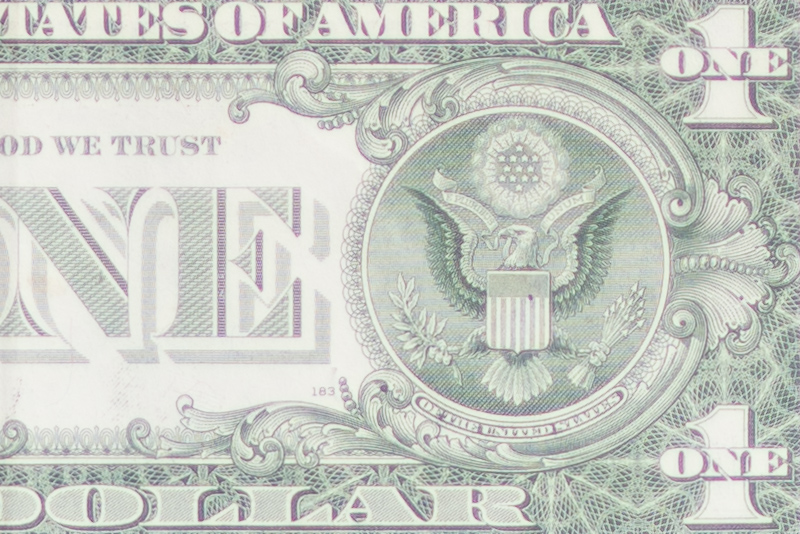
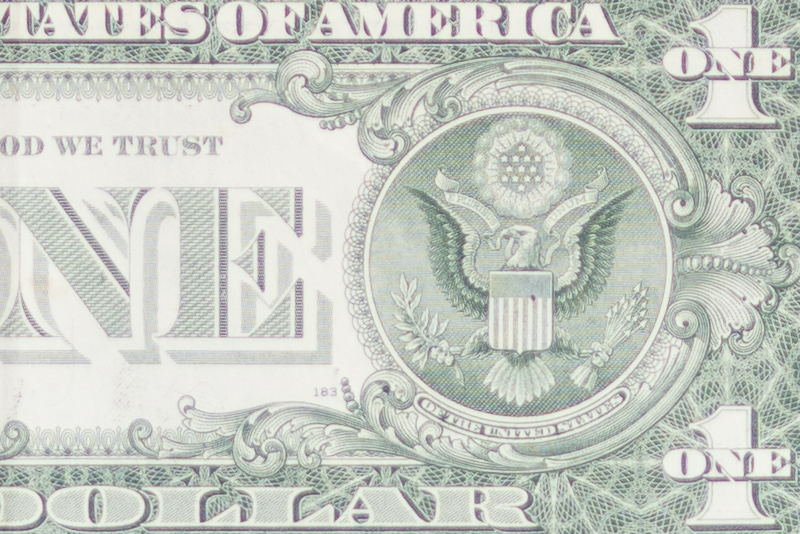
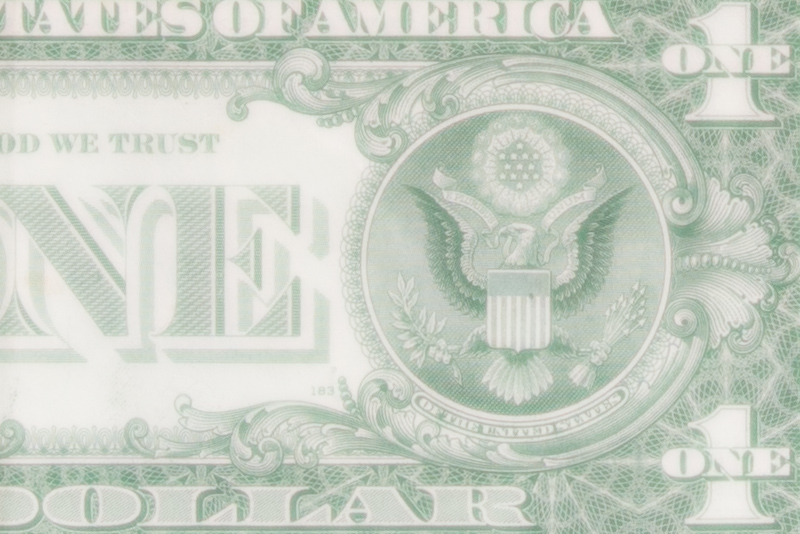



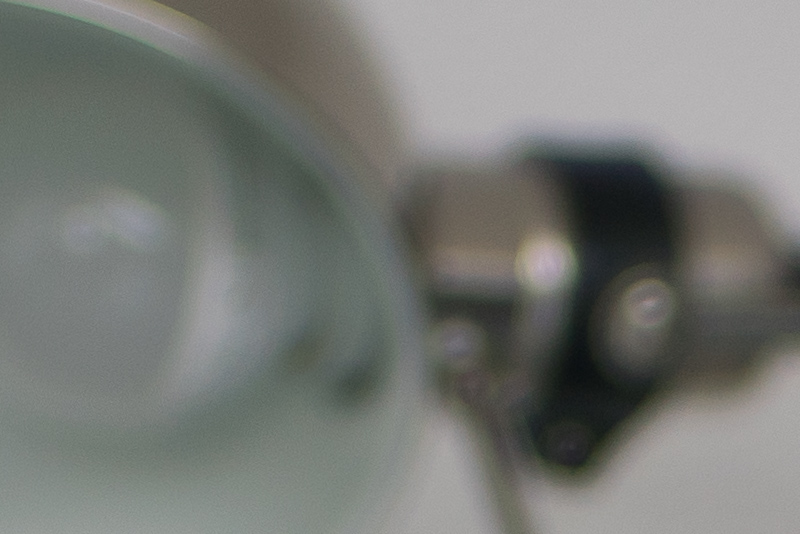
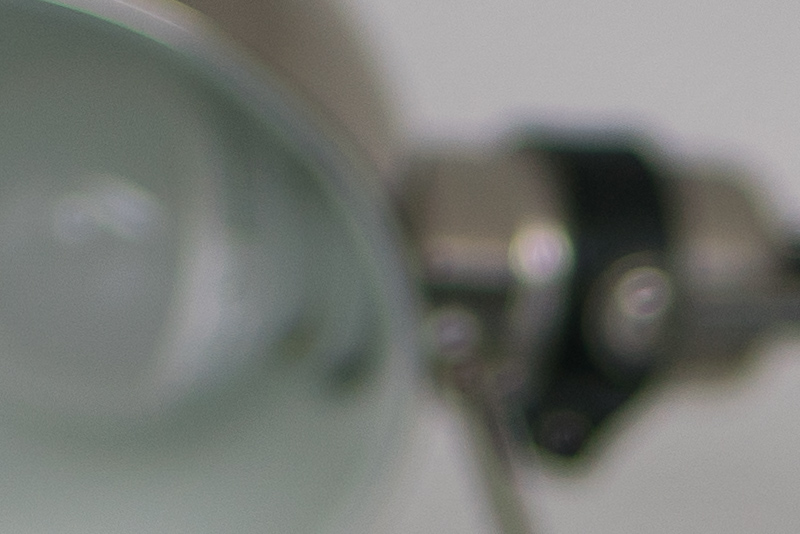
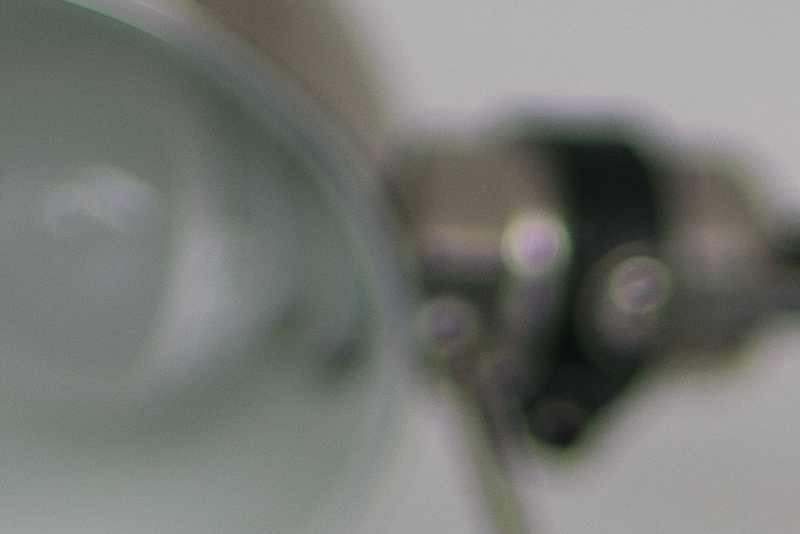
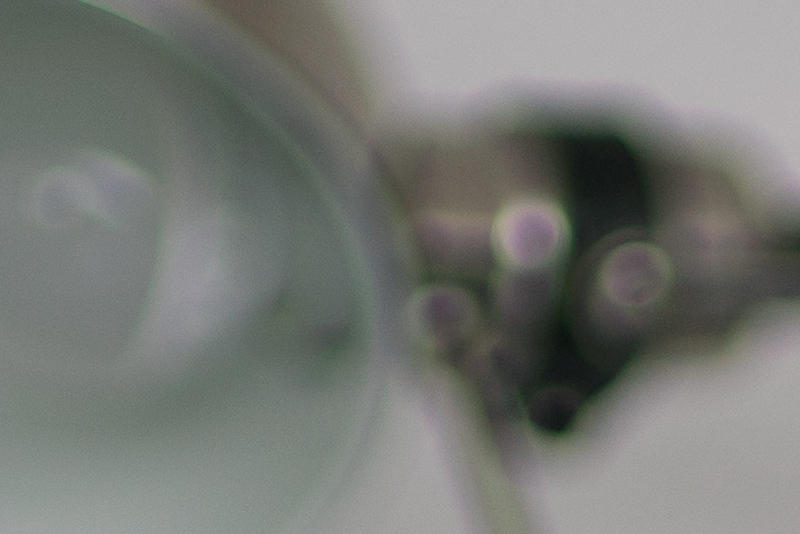
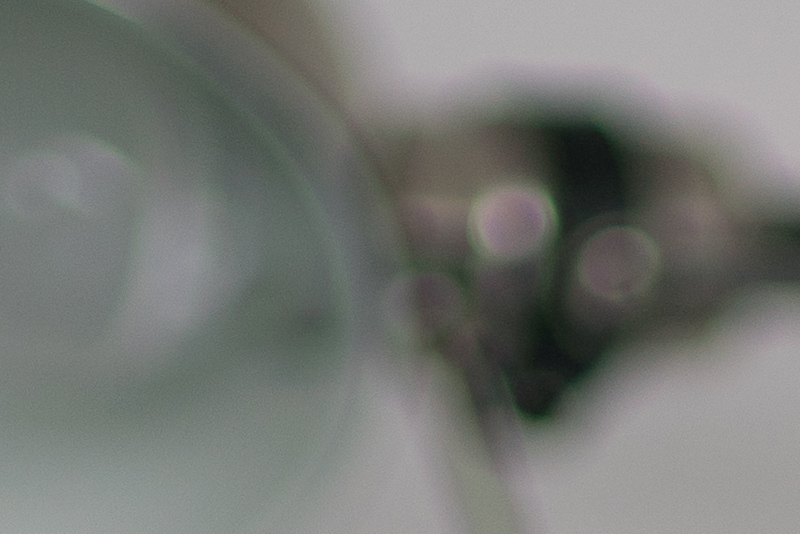
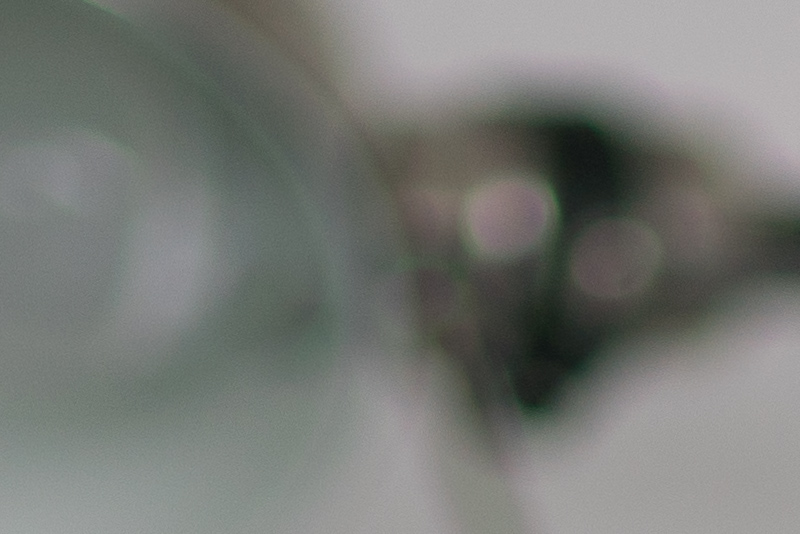
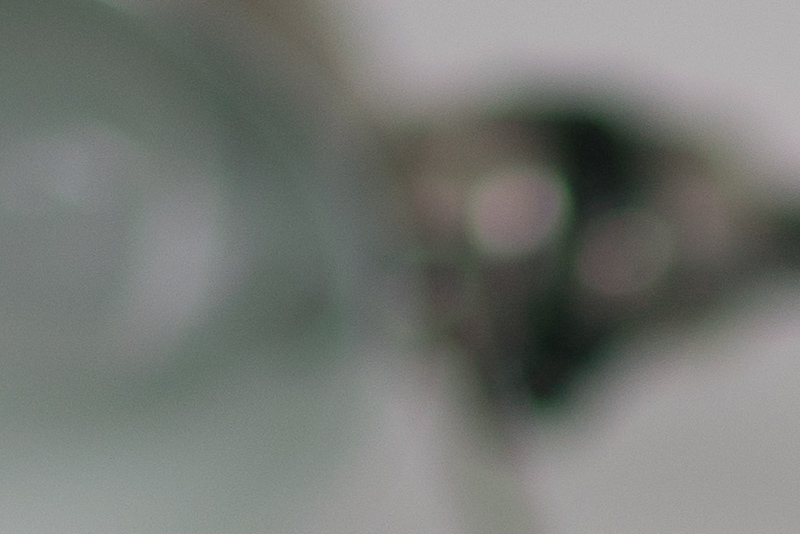
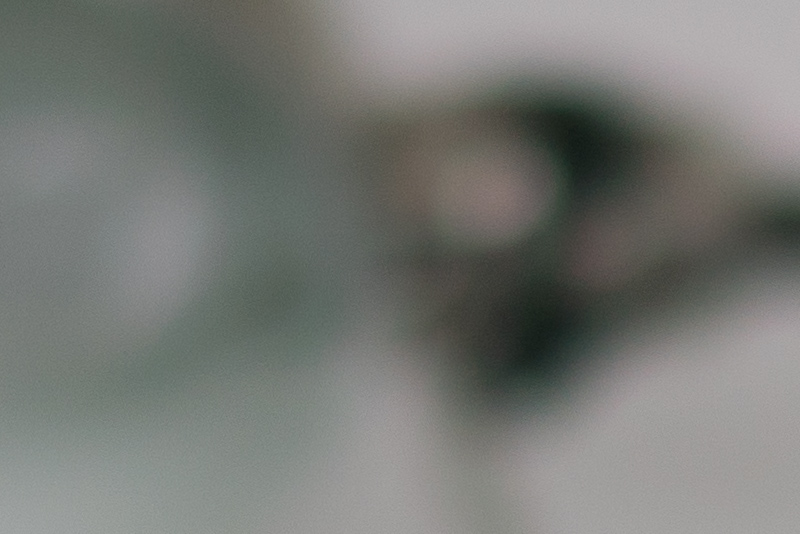

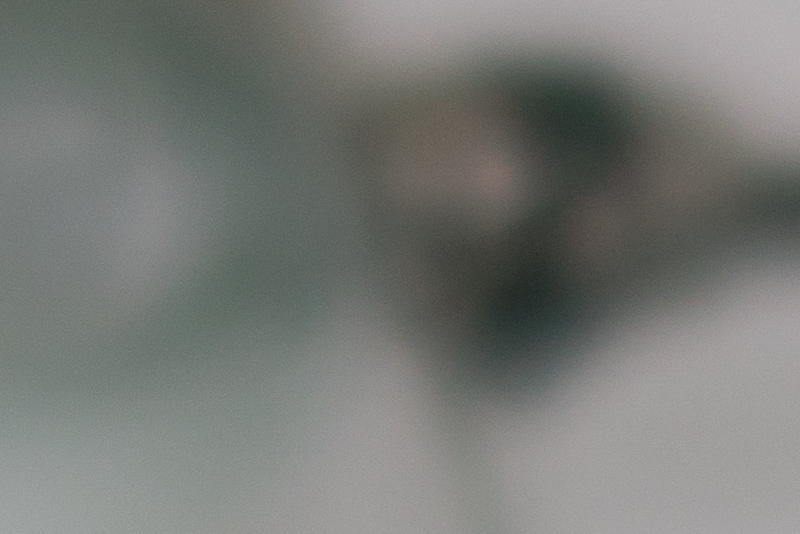
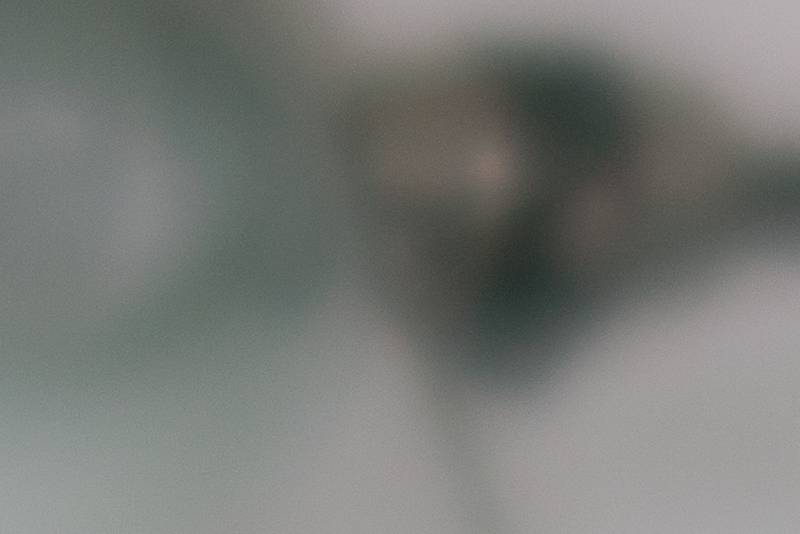
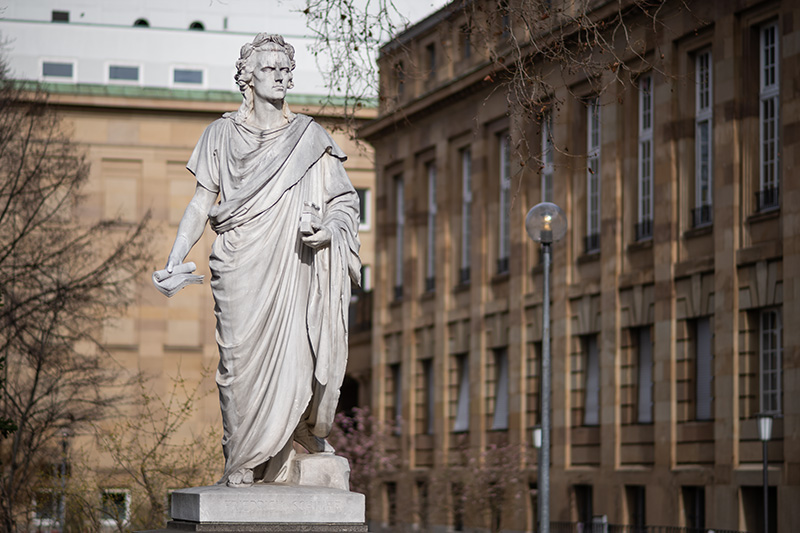
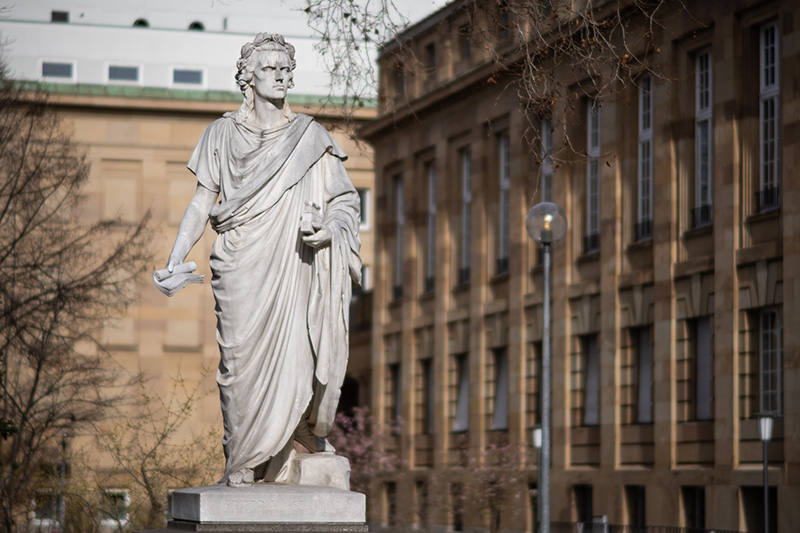
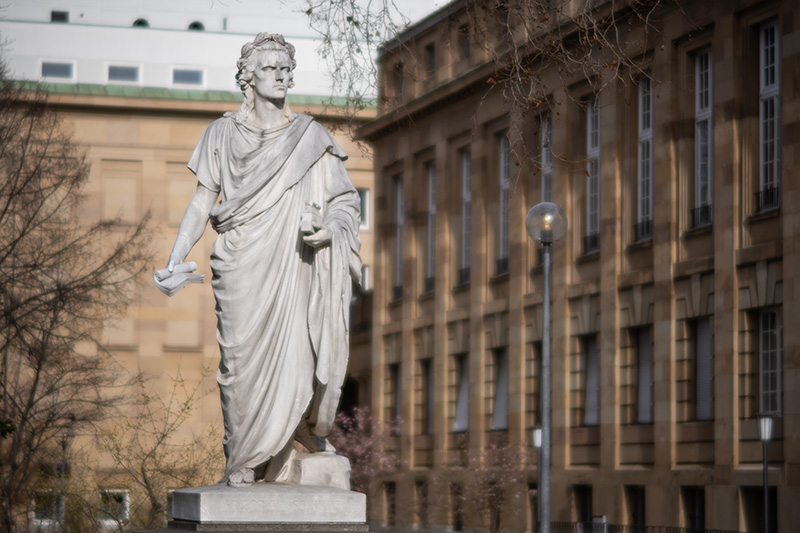



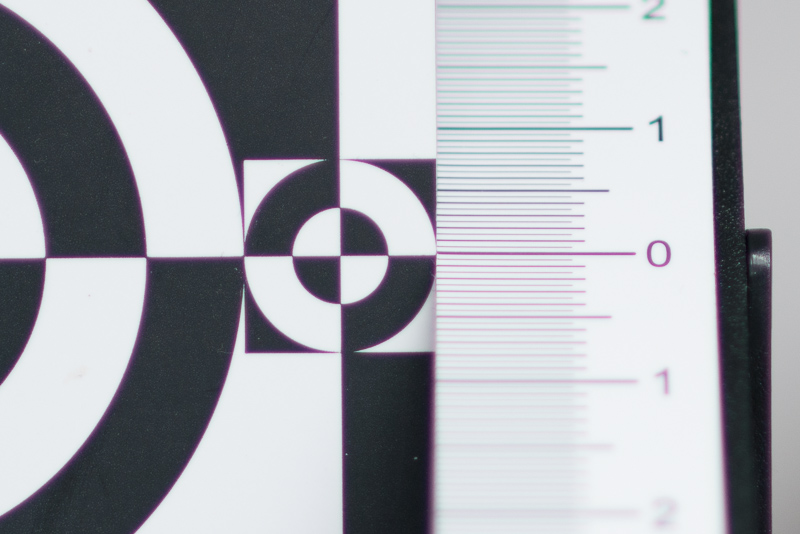
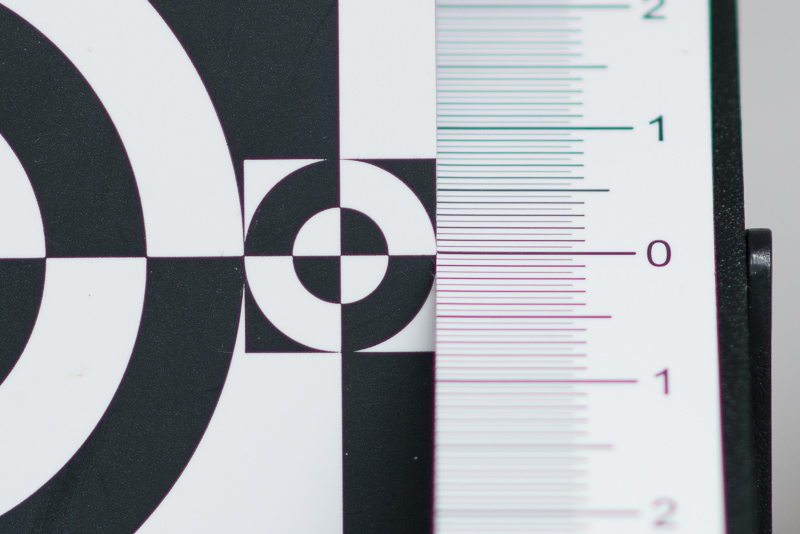

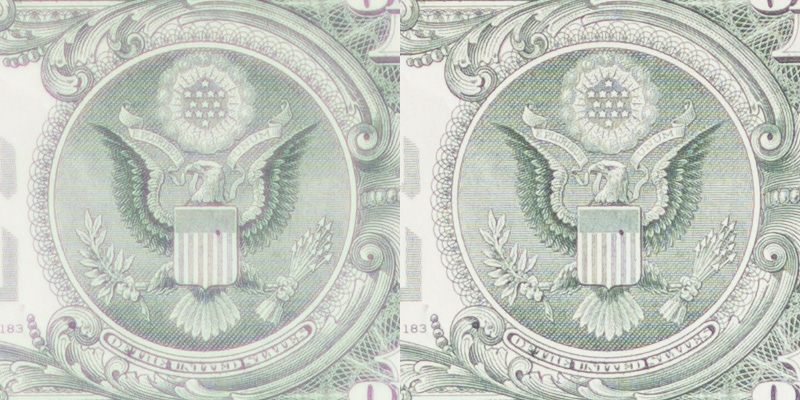
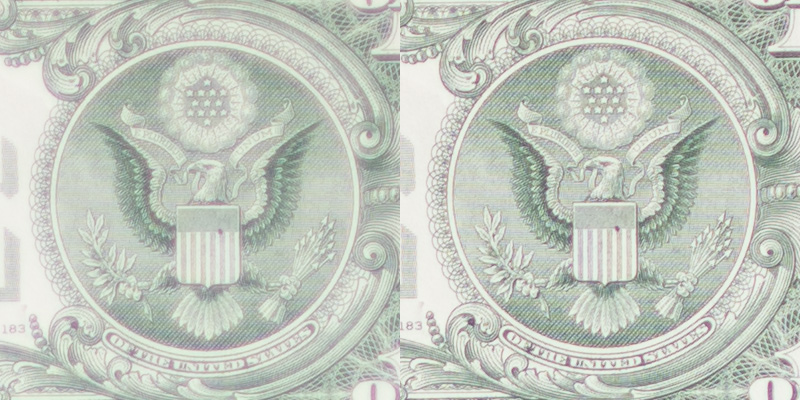
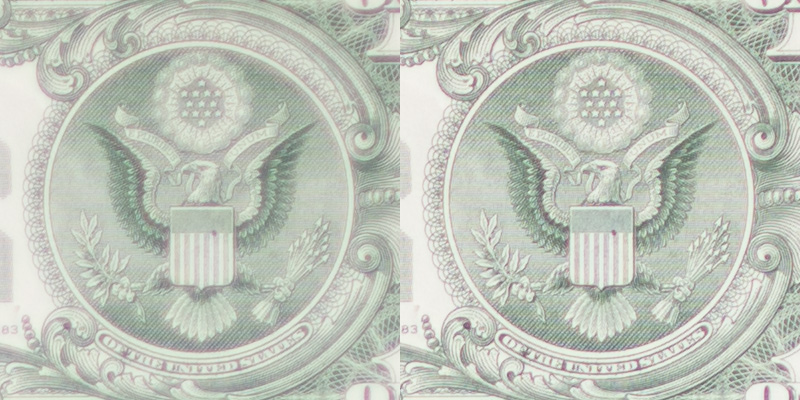


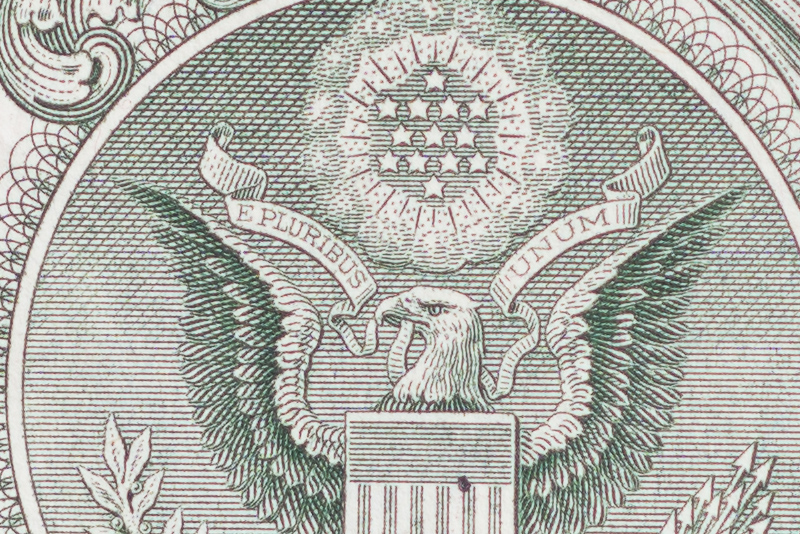

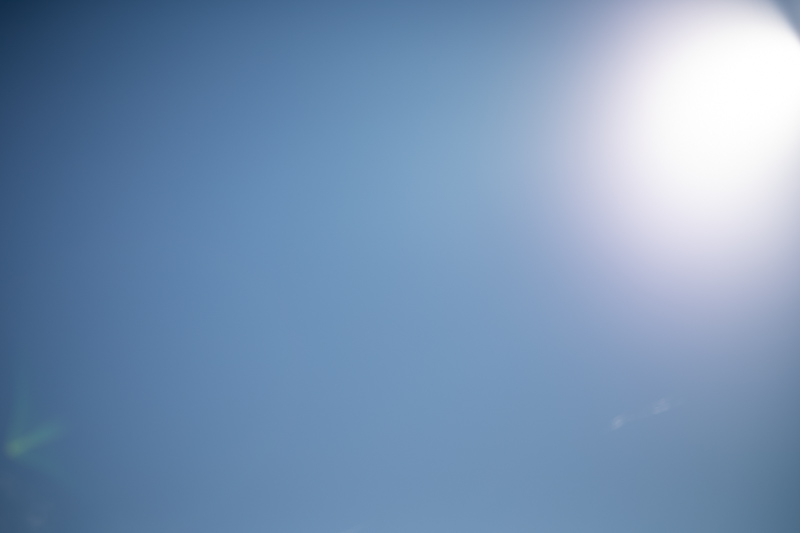

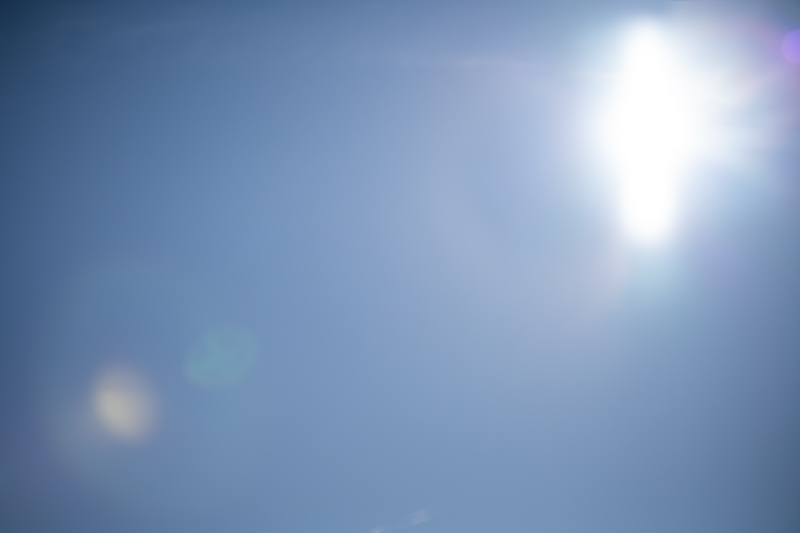
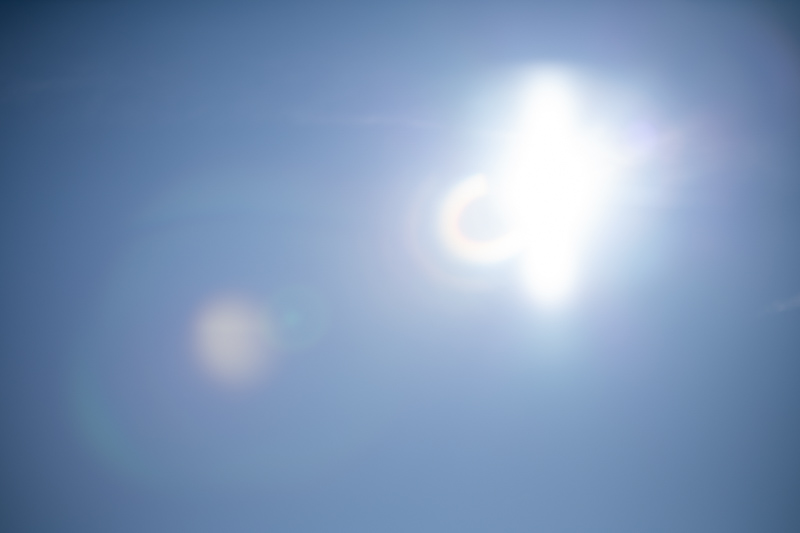
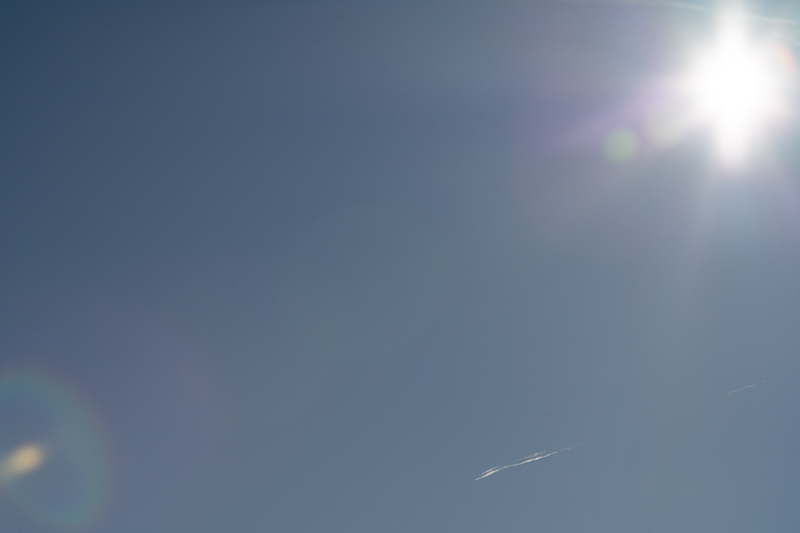

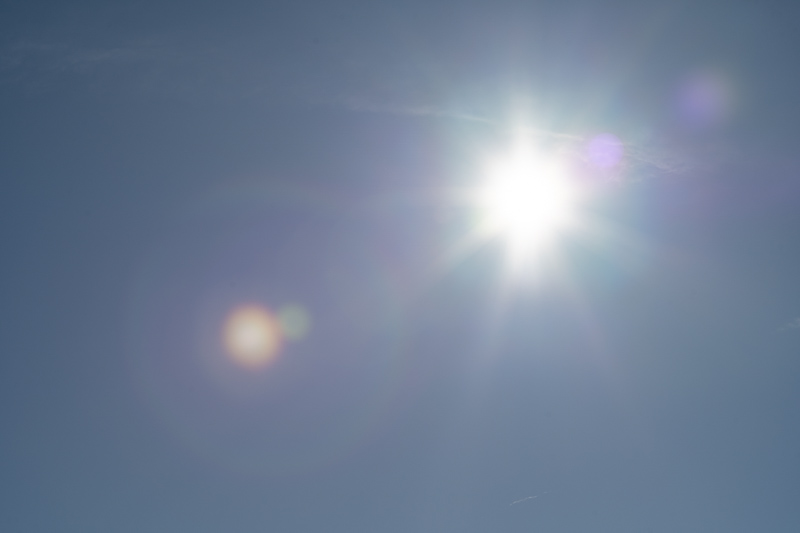
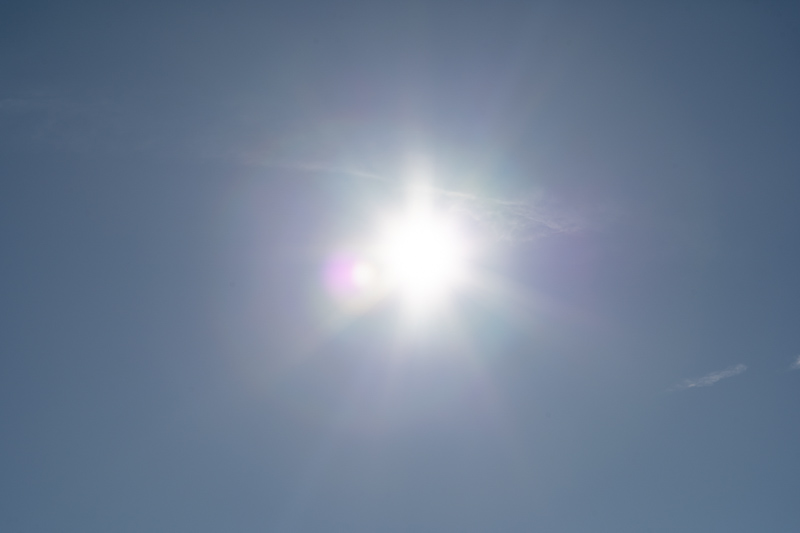
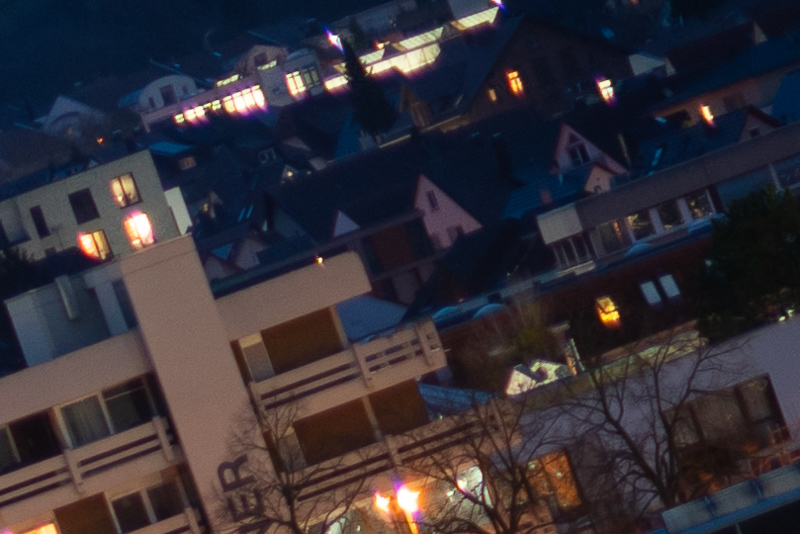
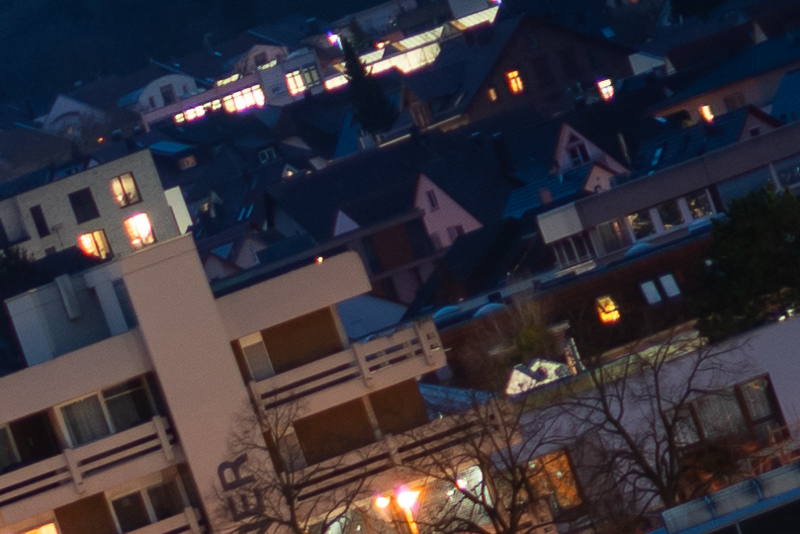
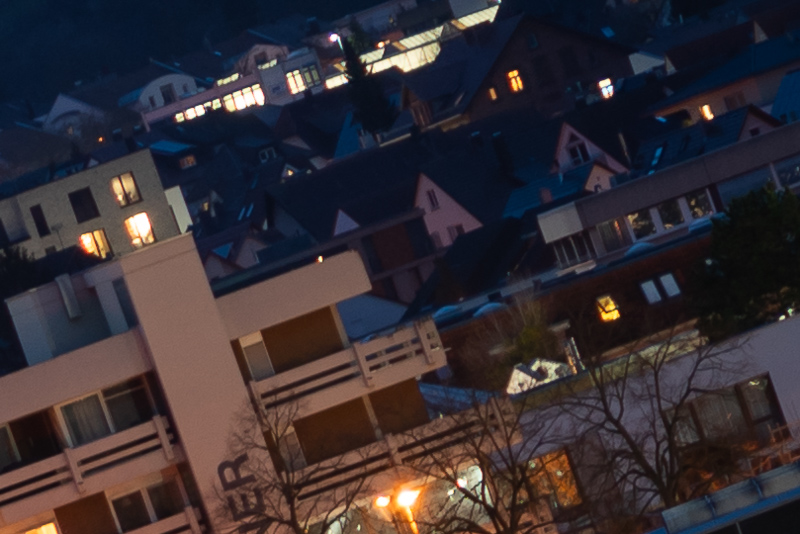



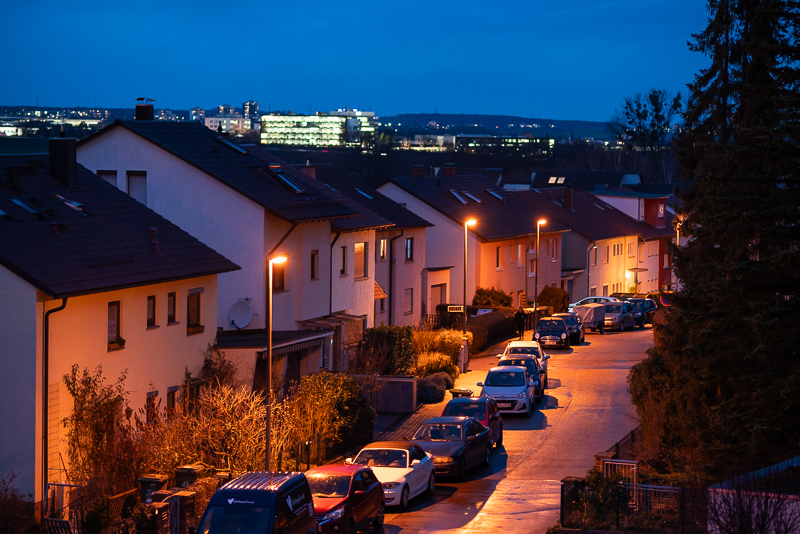
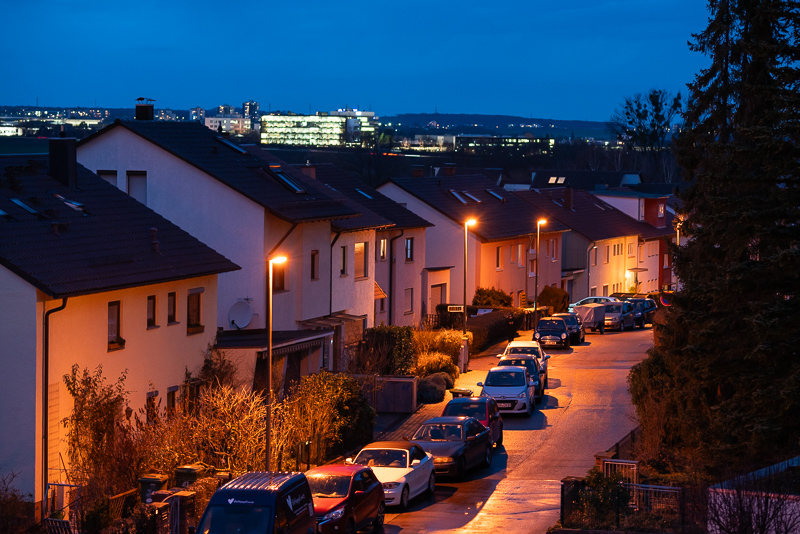
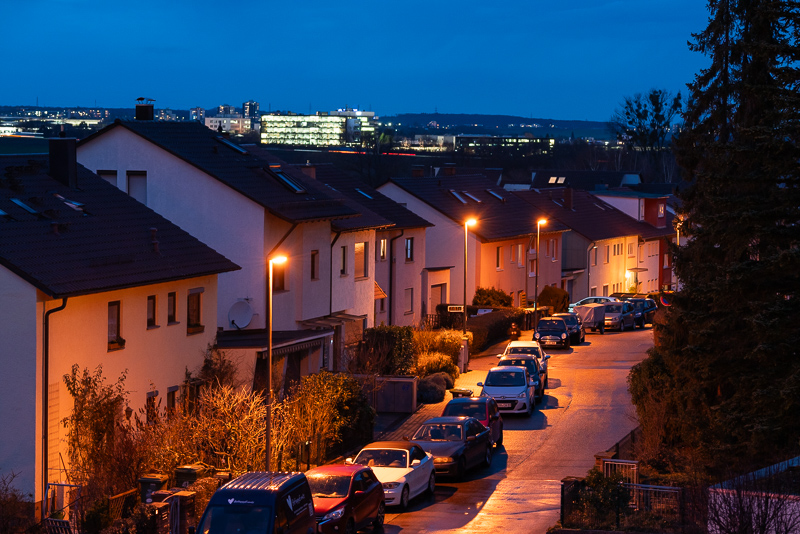
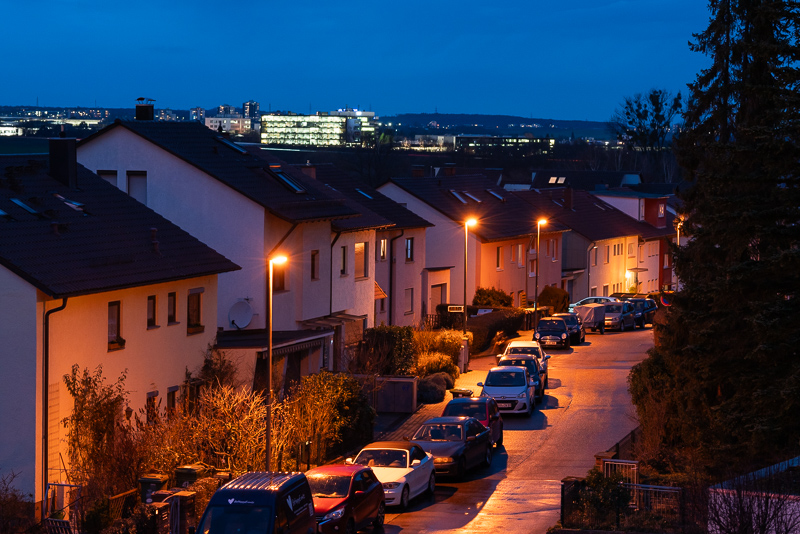
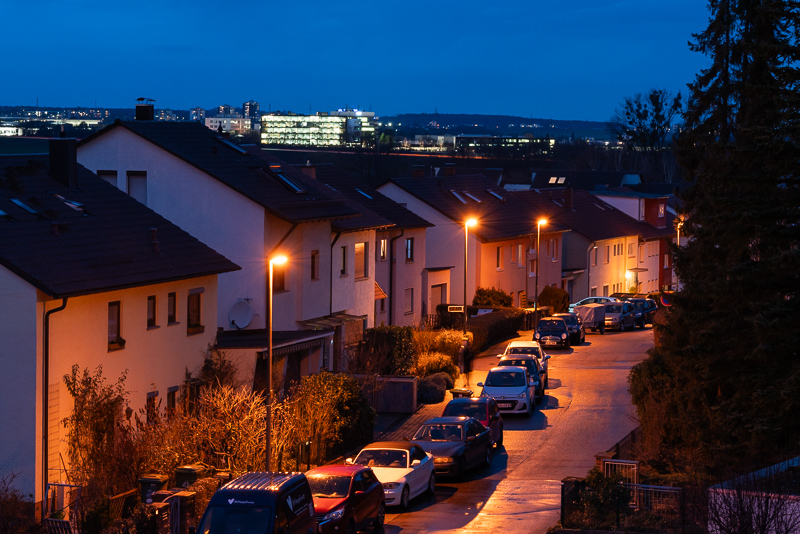
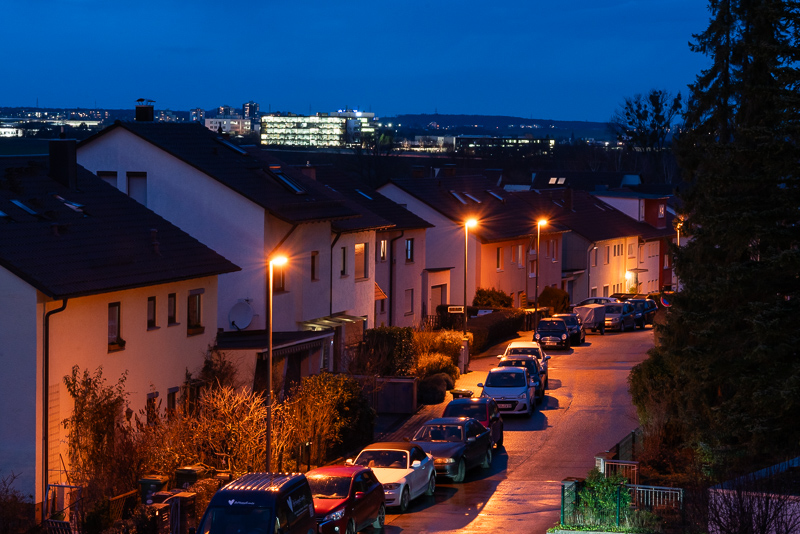
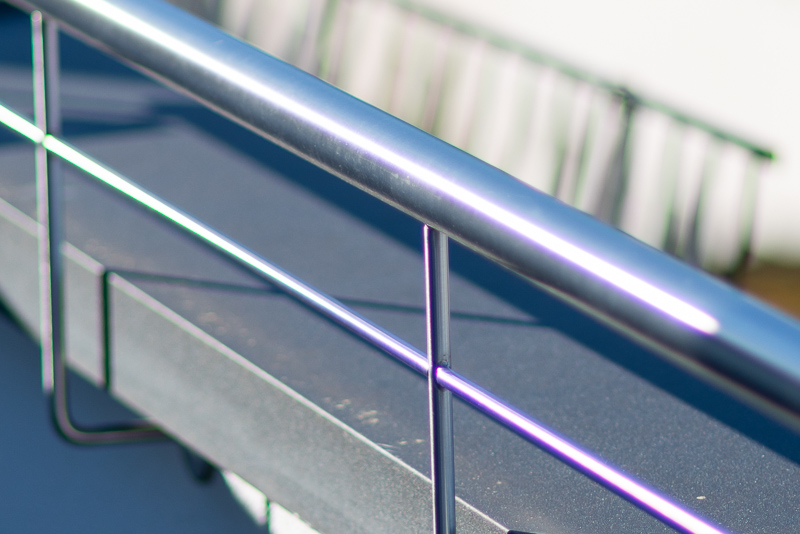
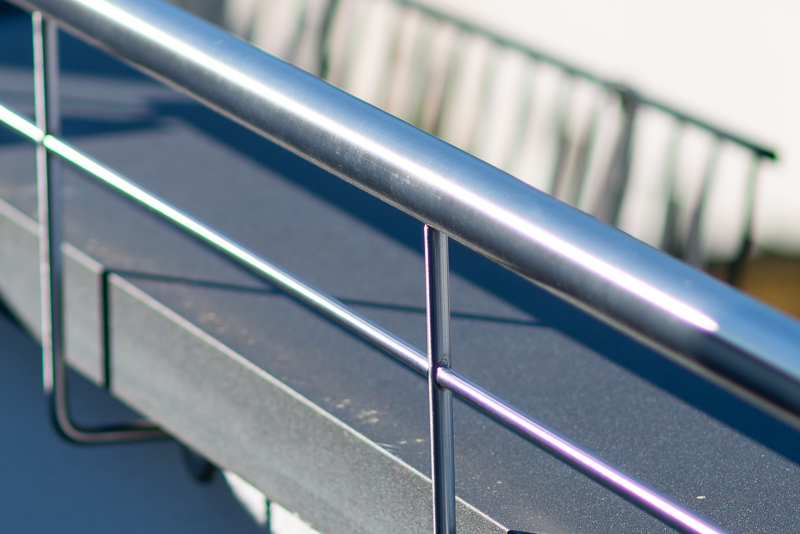
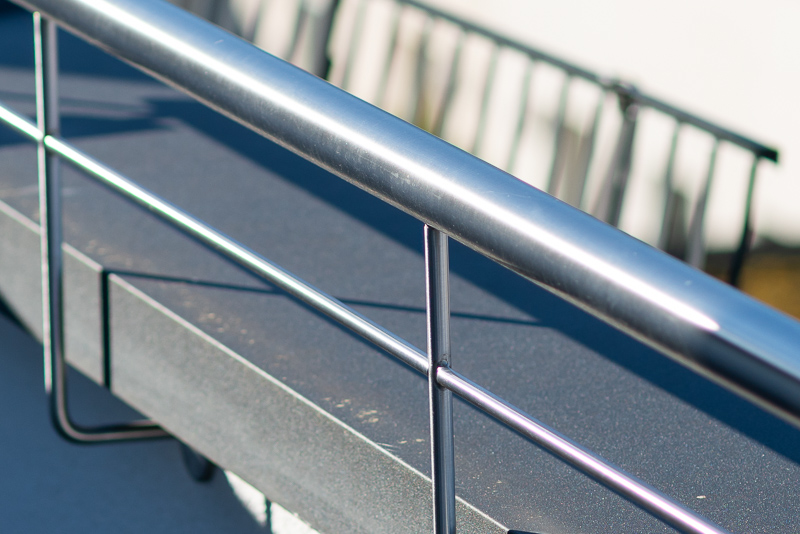
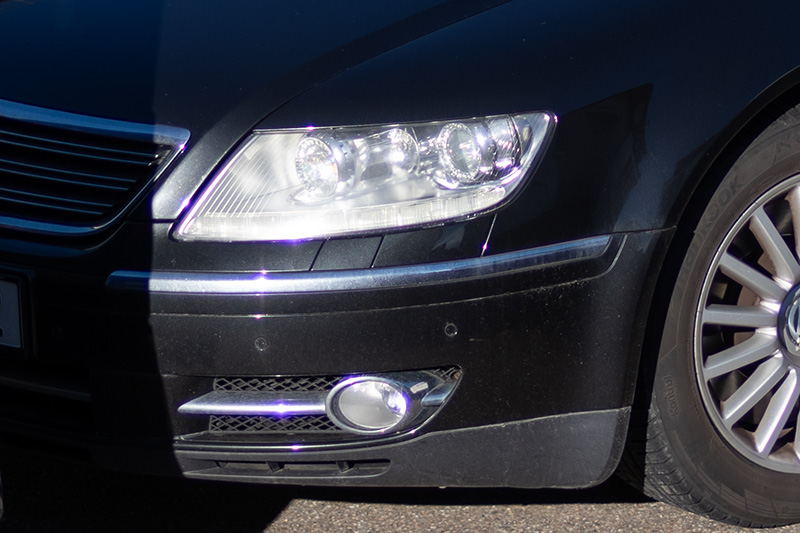
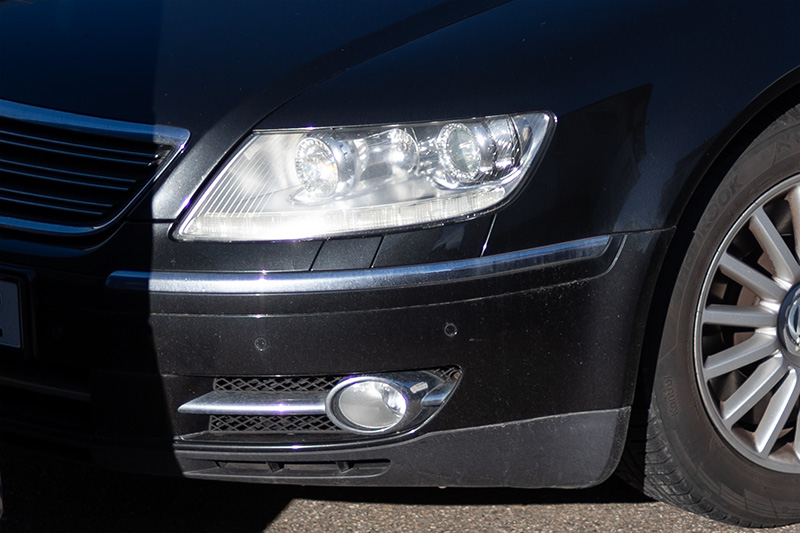
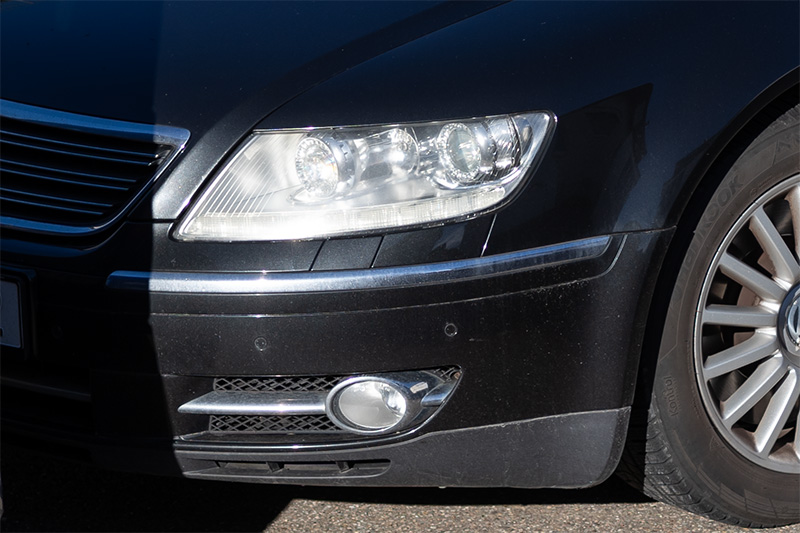
one of my favorite lenses. it is also a wonderful infrared lens with no hot spots.
I was reading this article and thinking that I wanted to go out and try this lens on my Nikon mirrorless converted IR camera. Thanks for posting this. If you have a website, Instagram, or a Facebook page with examples of your infrared work, I would love to have a link to it.
I appreciated seeing your writeup of this lens as I had always been curious about it, but I think you ignored half of its potential value by examining only the control’s effect on background bokeh. It seems to me that much of the DC’s utility would be in situations, often unavoidable in journalism or documentary photography, in which there’s an annoying object in the foreground and you would like to make it as unobtrusive as possible. The “Thousand and One Nights” tale suggests that Nikon had that usage in mind and it would have been interesting to know if it actually worked!
Yeah I don’t think so. Making the foreground bokeh smoother, maybe it makes some sense for flower photography, apart from that I don’t see it having any actual use.
It’s also a -very- nice lens for soap bubbles, like the old Meyer optics 😉 at it’s maximum setting, oh and it zooms out quite a bit if you turn the DC-control ring to it’s max. Indeed it works quite well for astro at f2.8, at 2.0 too much purple fringe. But there are not many interesting parts in the sky for a 105 mm. Orion, Cygnus Milky Way center , Scutum and maybe some more. It’s a bit in no-mans land. I kind of like this lens.
This lens is my favorite on my Nikon D1X – https://www.flickr.com/photos/f2guru/53578163989/in/dateposted-public/
Where does this lens stand in comparison to Nikon AI/S 105mm F2.5 of 1980s. I understand that one is not autofocus. Just curious.
In many categories I compared it to the 105mm 2.5 already.
this lins is my favorite portrait lens . I think you missed big point and the utility of being able shoot at F4 and then using the DC to still get bokah like your at f2 . and the creative control to be able to blur the back ground or for ground .this lens has amazing subject separation even at higher f stop.
Thank you for the review. You touched upon one feature that I think needs clarification. When you put the DC ring to a smaller aperture/higher f number than your shooting aperture, it will introduce soft focus. This was intended by the designers. You can vary the degree of soft focus given to the image with the relationship between DC ring aperture setting and the shooting aperture. I always suggest new users to this lens experiment with it. However, soft focus is not for everyone.
Thanks for doing this review! Great photos as always Bastian. I’ve wondered what you would do with this lens, and now I know.
This and the 135 f/2 DC were my favorite teleprimes for videography for a few years, namely for their capability in low light (coming from a vintage Nikkor-Q 135 f/3.5, yikes!). They’re also quite low focus breathing and indeed sharp at least in the center. I definitely think the quality of the bokeh is one of the highlights. DC ring I felt was pretty nice to have, especially since you can basically use it instead of mist/halation filters (in fact I prefer its effect considerably to mist filters). It’s easy to overdo in the viewfinder, but with some experience it can add great subtle results.
Since I shoot on Sony now, I eventually switched over to an entirely CV setup with Voigtlander 110 f/2.5 APOs, which in my opinion considerably outclass the 105 f/2 DC due to elimination of CA and addition of electrical connections at the cost of some speed and more neutral bokeh. Basically I’d have to shoot the DC’s stopped down quite aggressively to clean up the CA to a tolerable degree which sort of defeats the point of having such a fast lens, whereas the CV 110 f/2.5 I can leave full open in any situation and avoid its straight aperture blades. I also can’t get over how much rougher the manual focus feels vs. CV’s.
That said, the 105 DC always seemed significantly better behaved than the 135 DC in CA so it’s still a pretty nice lens with the price having come down a lot. 135 DC’s bokeh is wildly smooth (worth checking out sometime for sure!), but with horrendous LoCA, I feel like it’s a hard sell compared to a more modern 135 f/2. I’ve wasted enough time in one lifetime trying to clean up shots taken on the 135 DC at f/2 to just leave it at home and bring the CV 110 APO…
A review of the 135mm 2.0 is also coming 🙂
I’ve used this lens for years and I feel obligated to share some things with you. First – this lens likes to backfocus and your 105 does it too. I can see it clearly on focus shift chart – it hits somewhere around 4 – 5mm to the front. Calibrating it on a DSLR is also a headache, as it shifts focus a little for every reason possible, and has some field curvature combined with it and thin focal plane. What’s nice, manual focus on Zf has no issues like this and aye AF confirmation works good. It’s a great lens for artistic work with specific, punchy look. Moreover, defocus control is, beside softening bokeh, pronouncing good looking flares (wonderful for sunsets) and swirling.
Then I am obligated to tell you, that you do not see any backfocus, because the lens has been manually focused here.
However, because it doesn’t have a particularly great close range correction, resolution and contrast do not peak in the same focal plane.
There is no ideal focus for this lens (and many other) at close distances, either you focus for highest contrast (as I did) or for highest resolution.